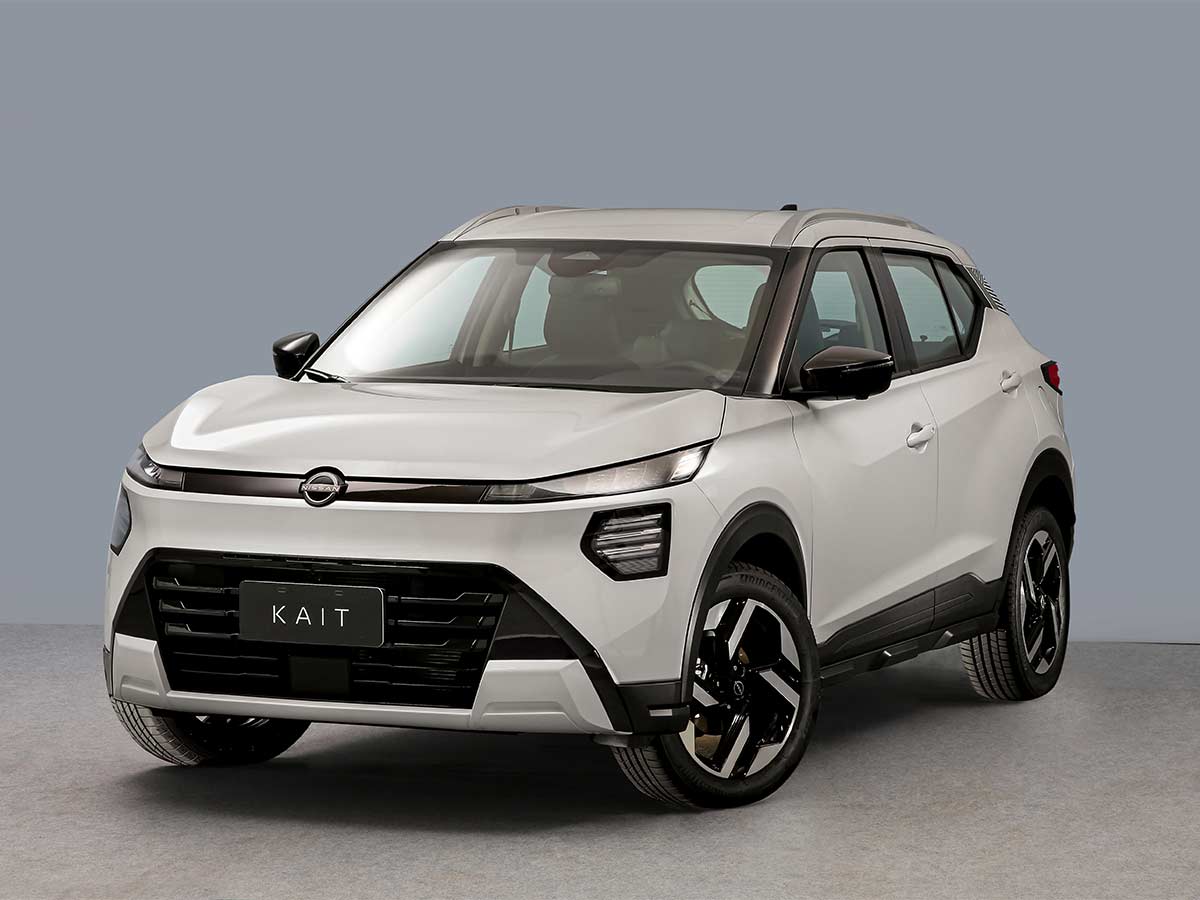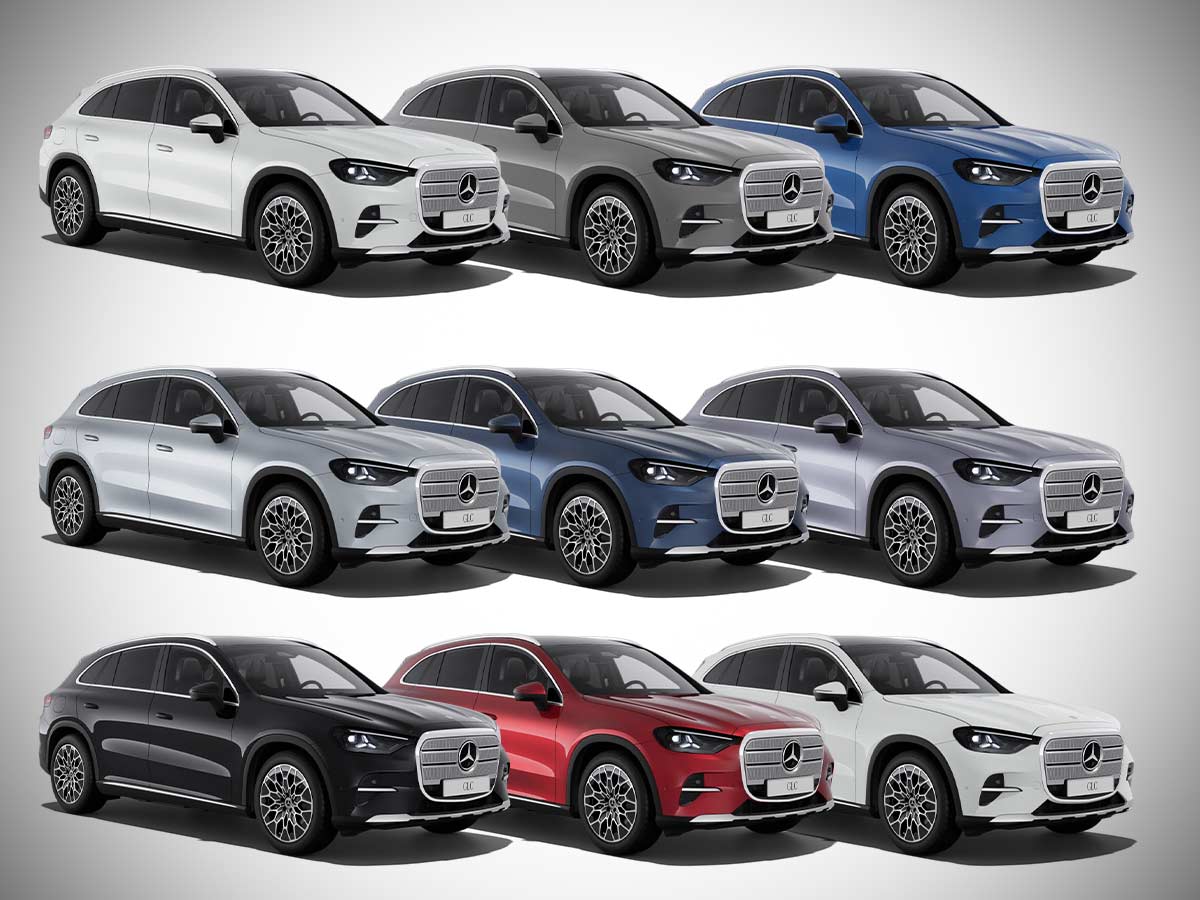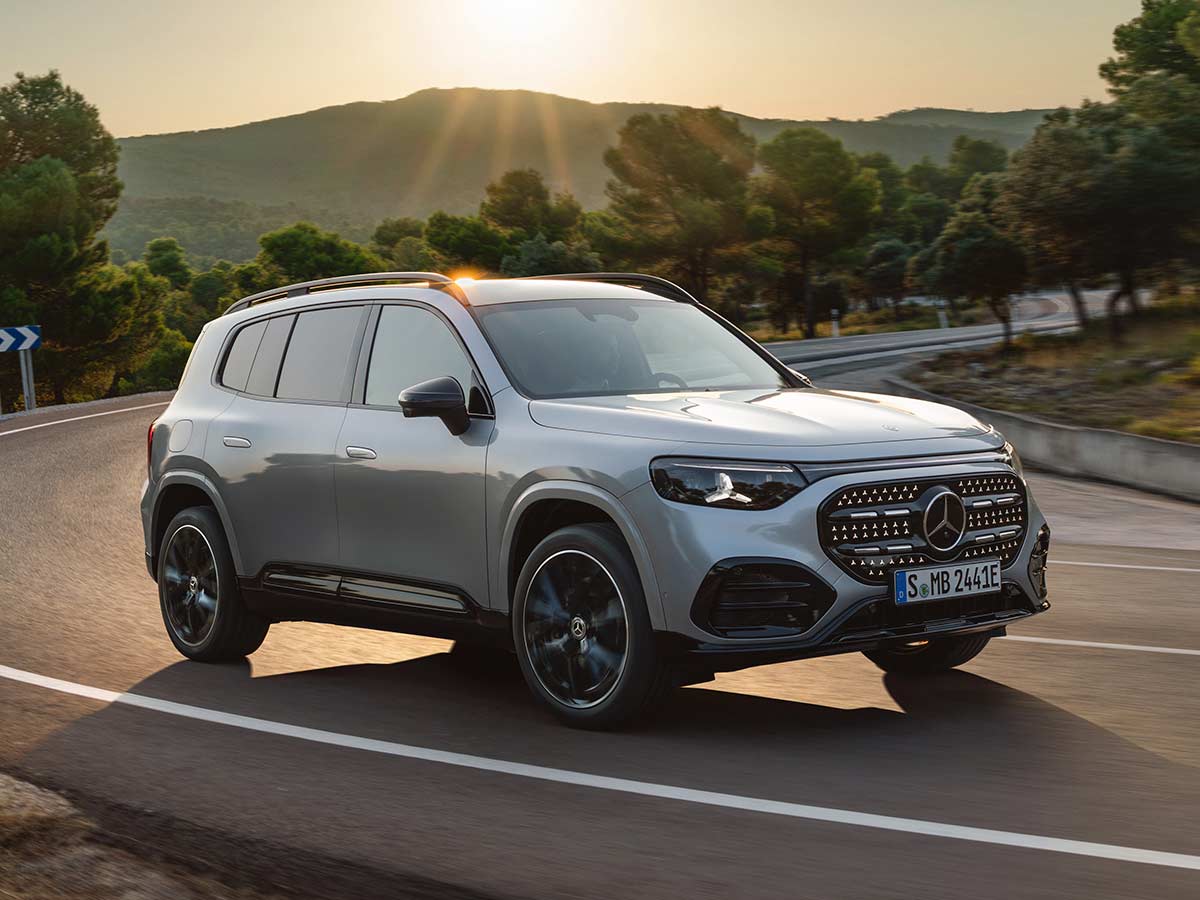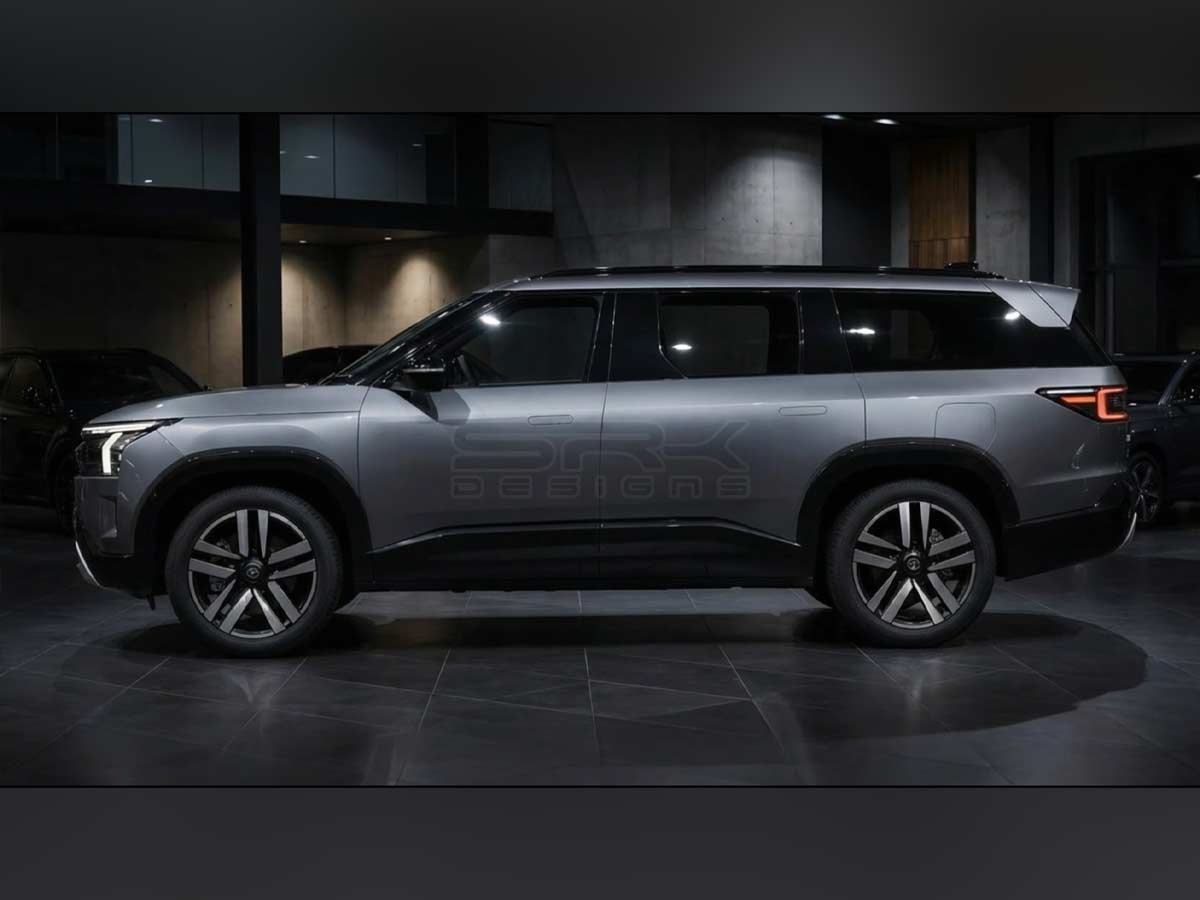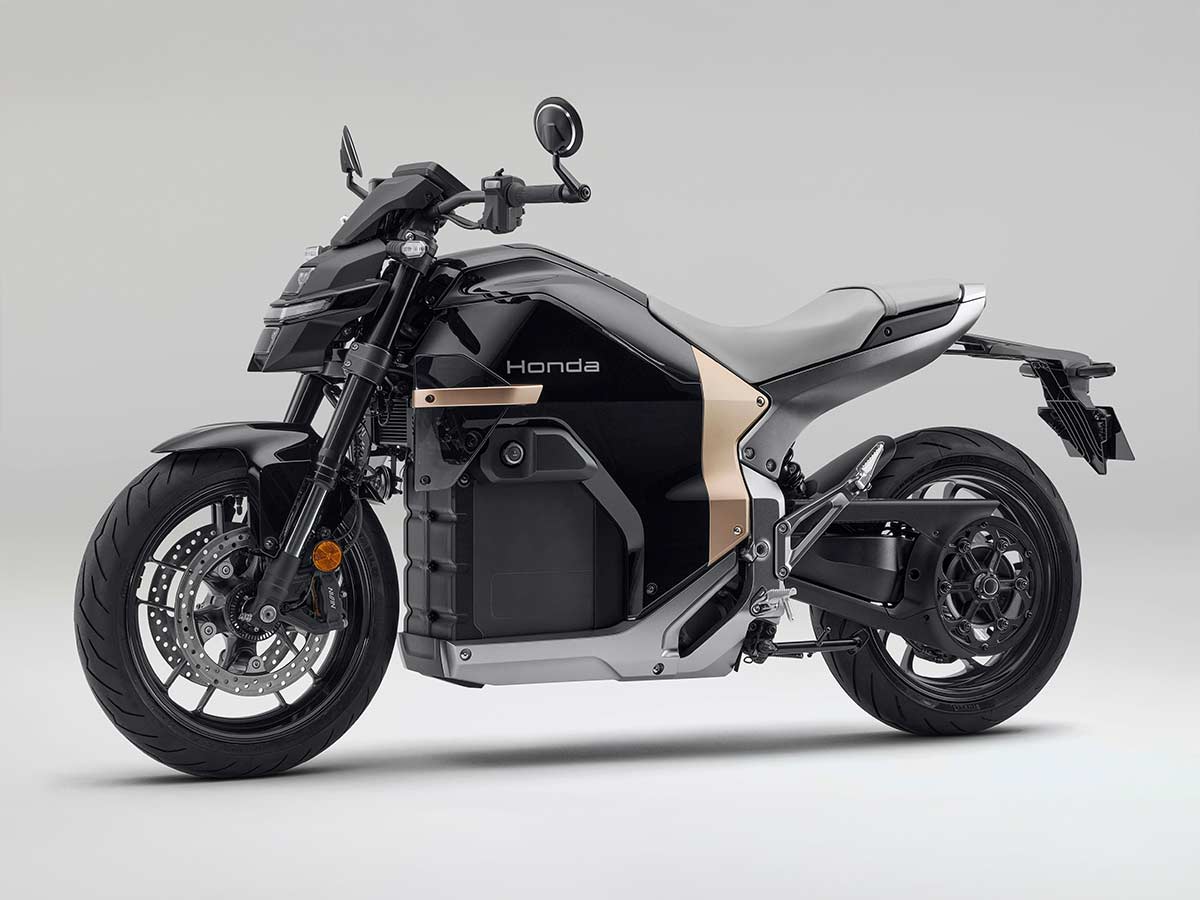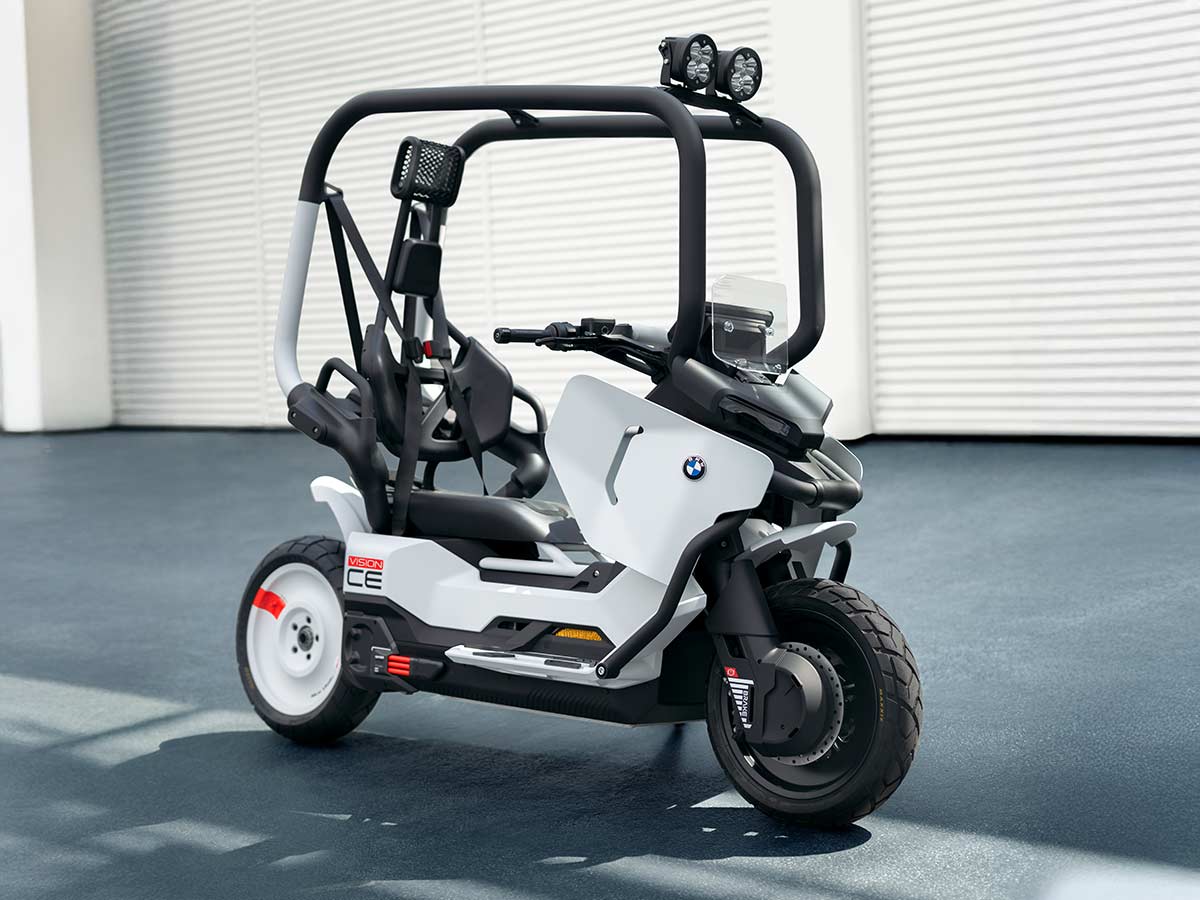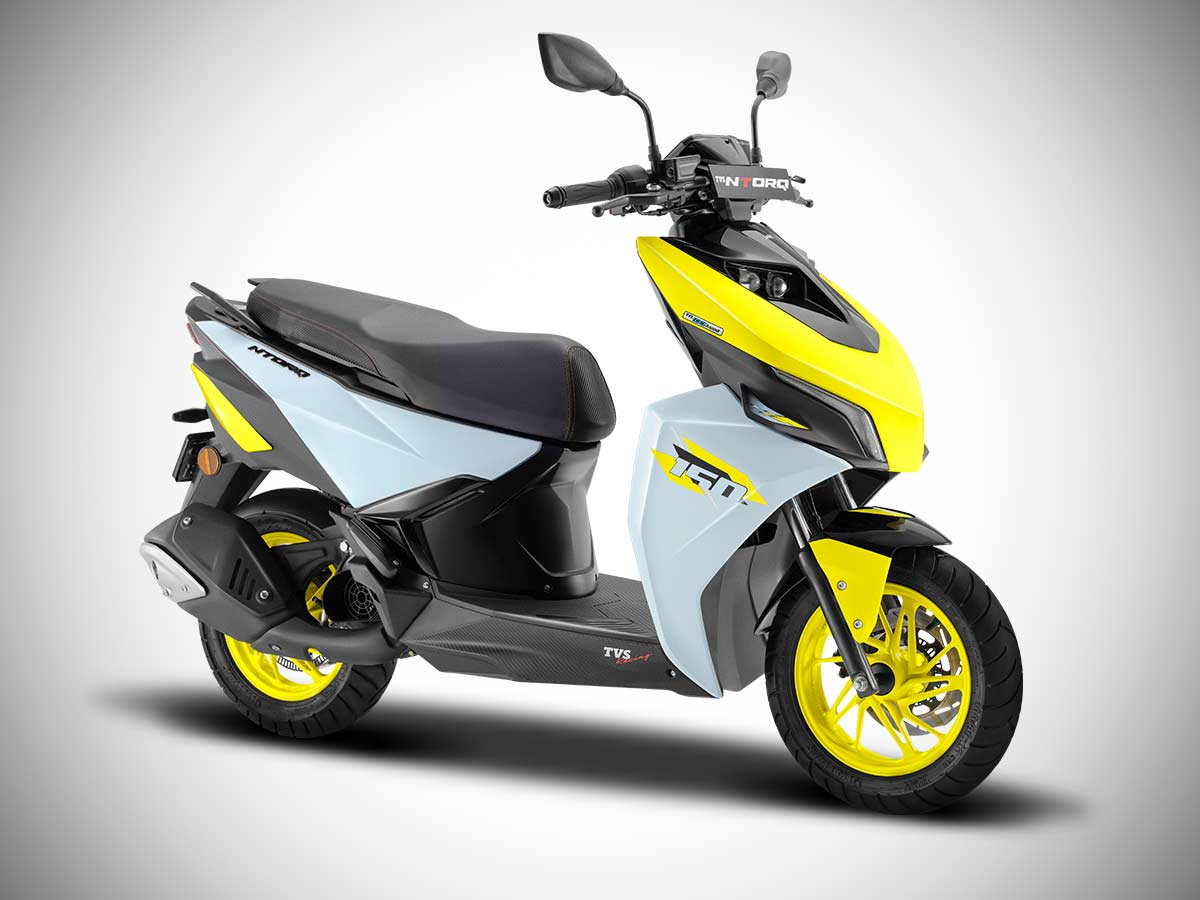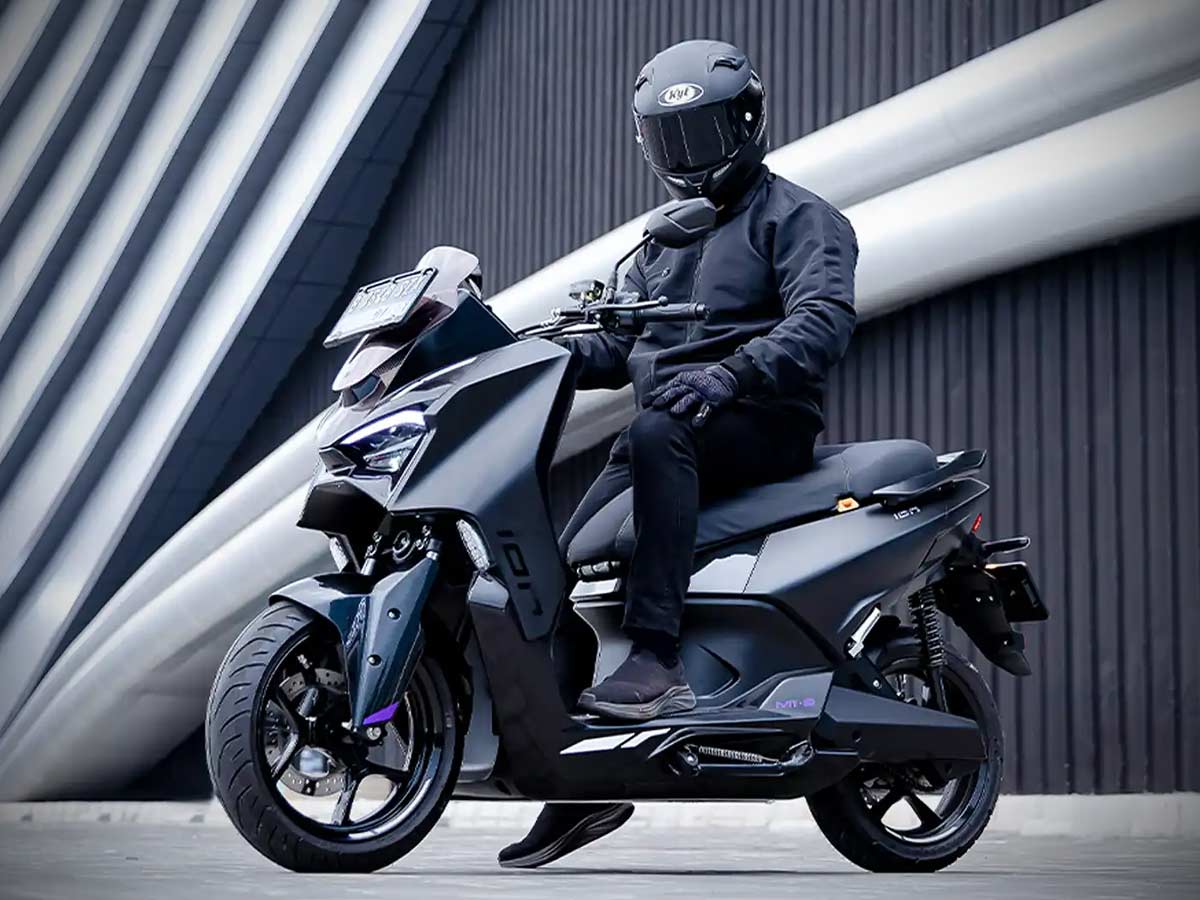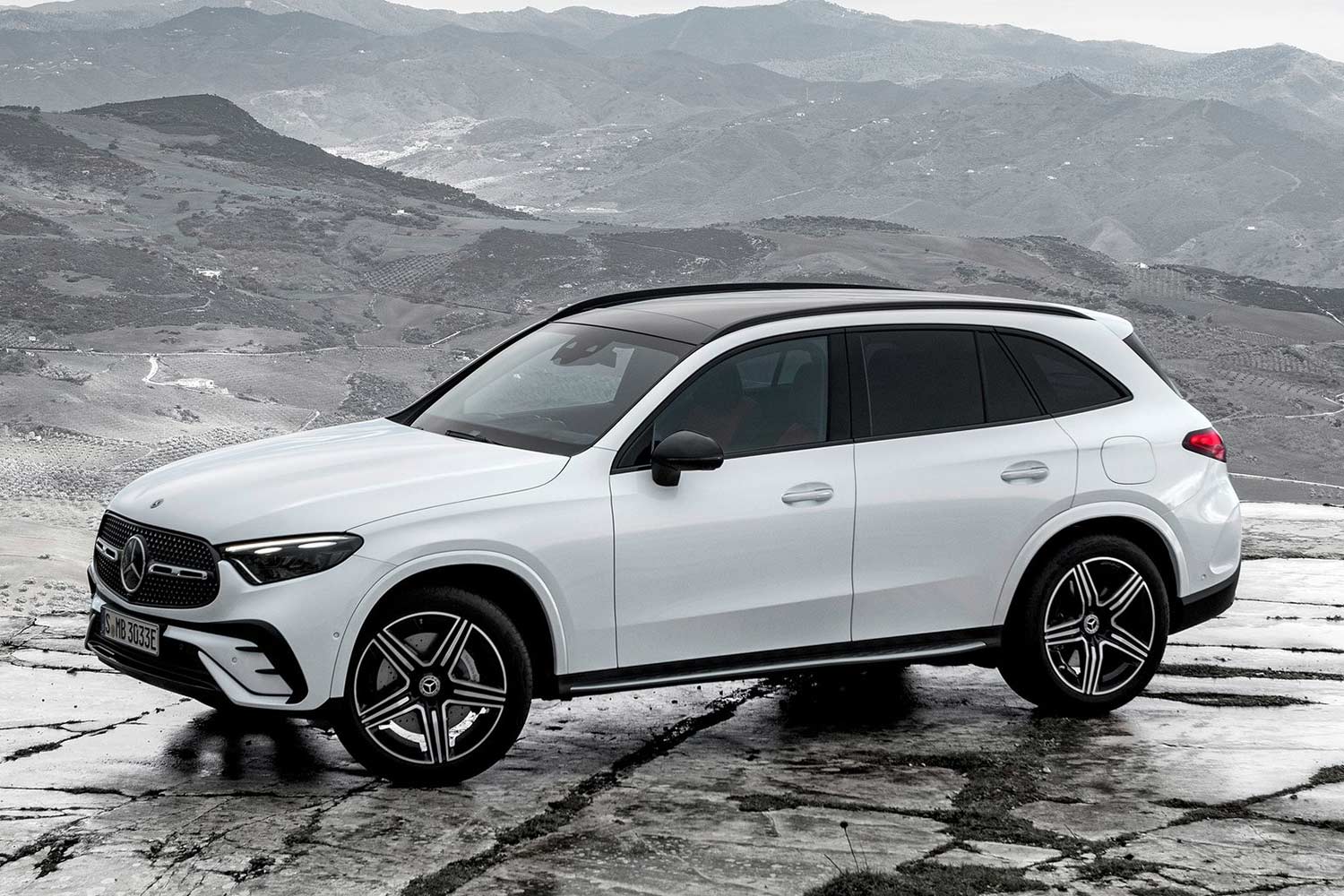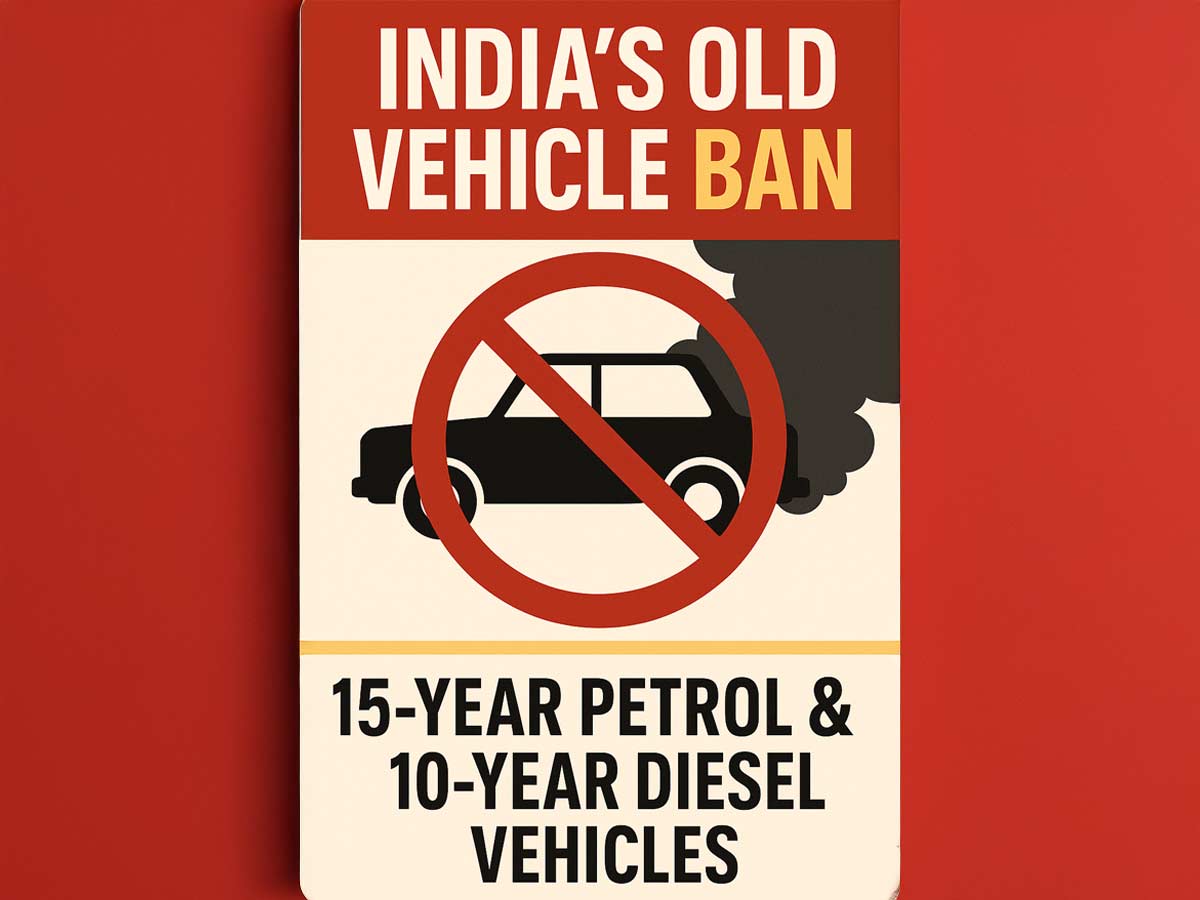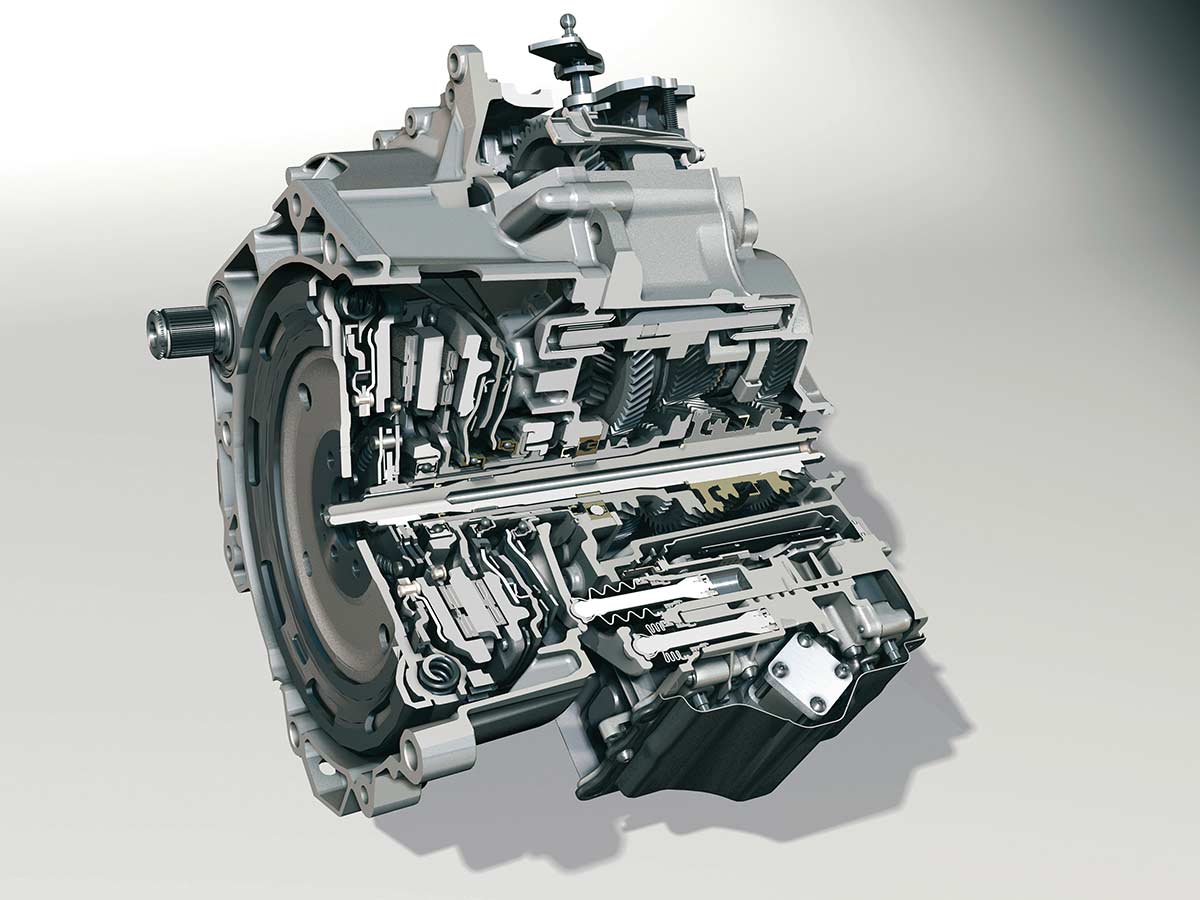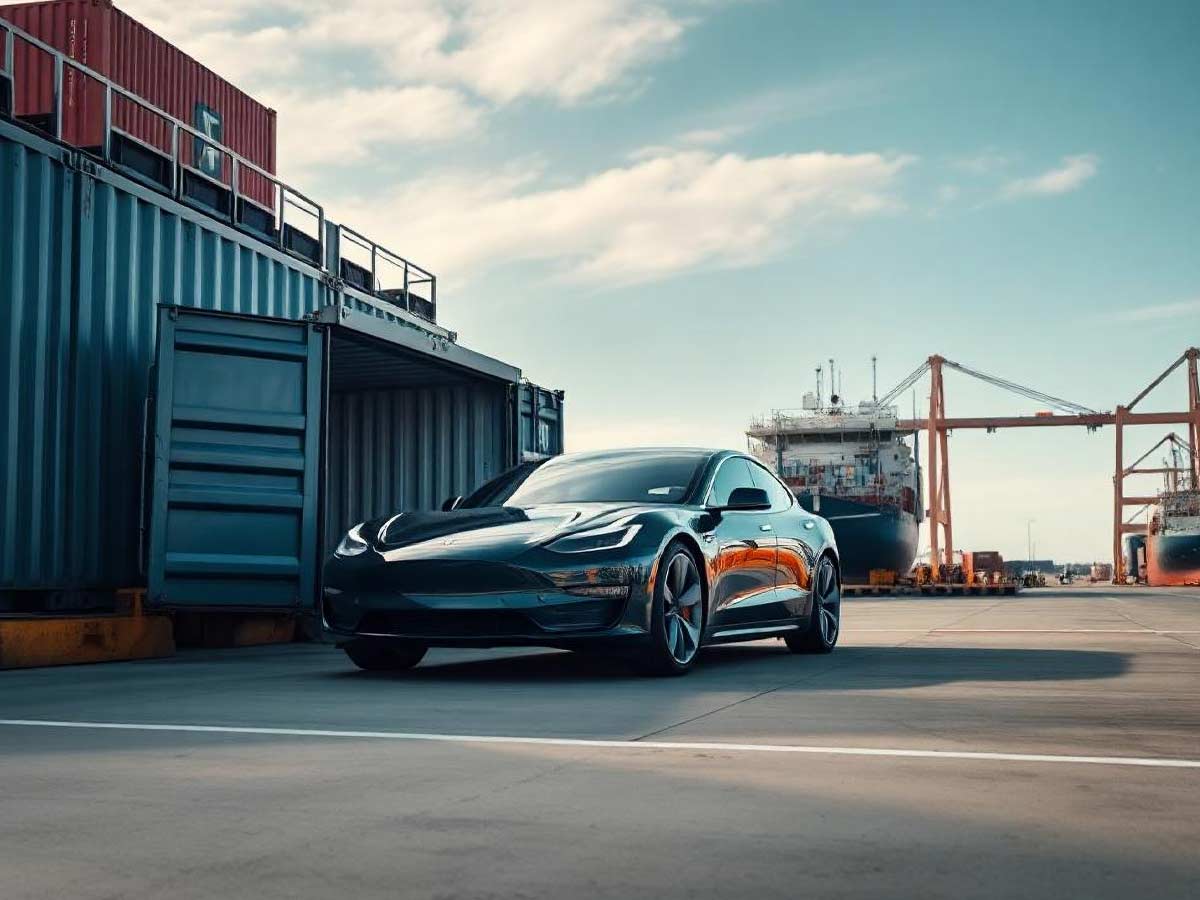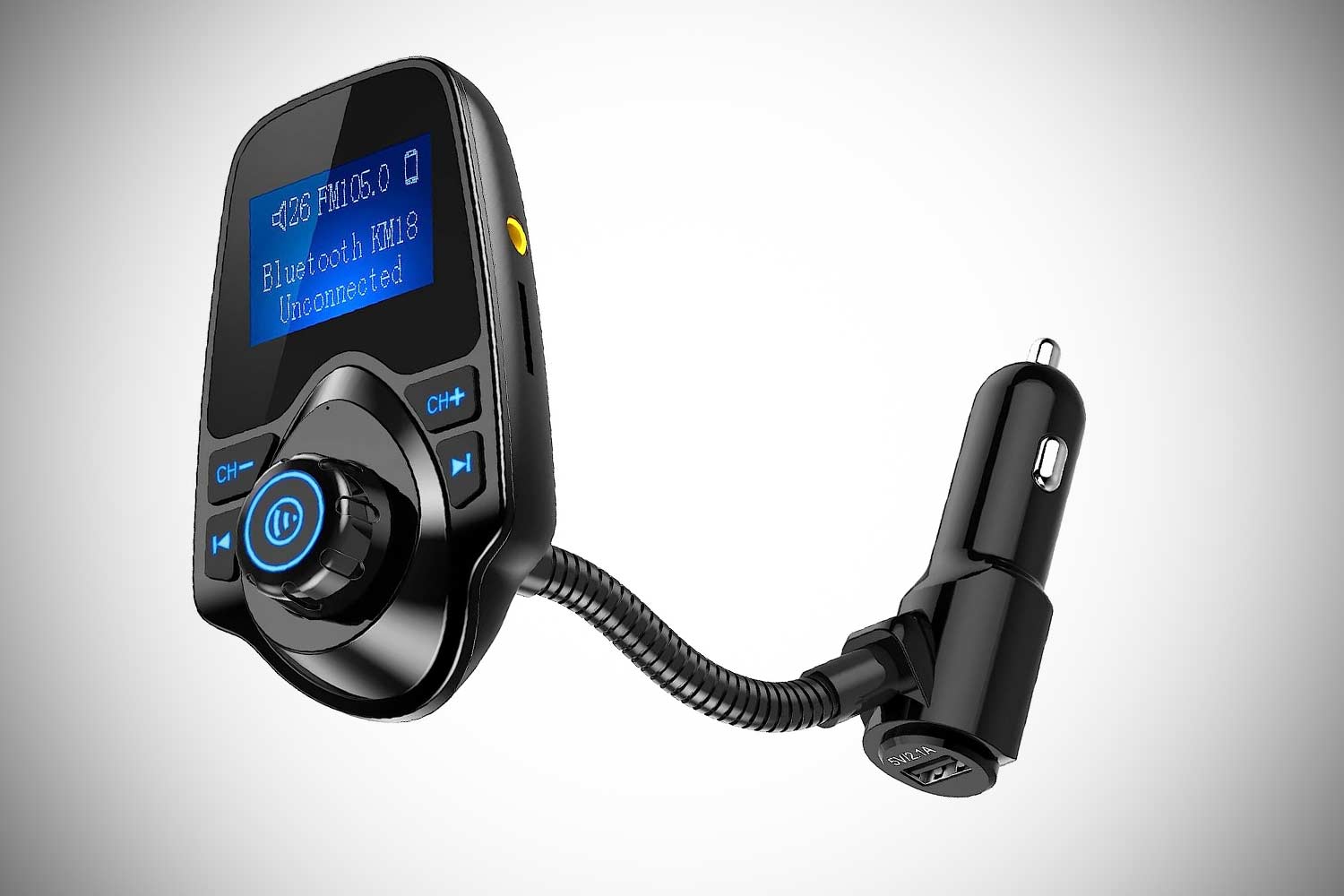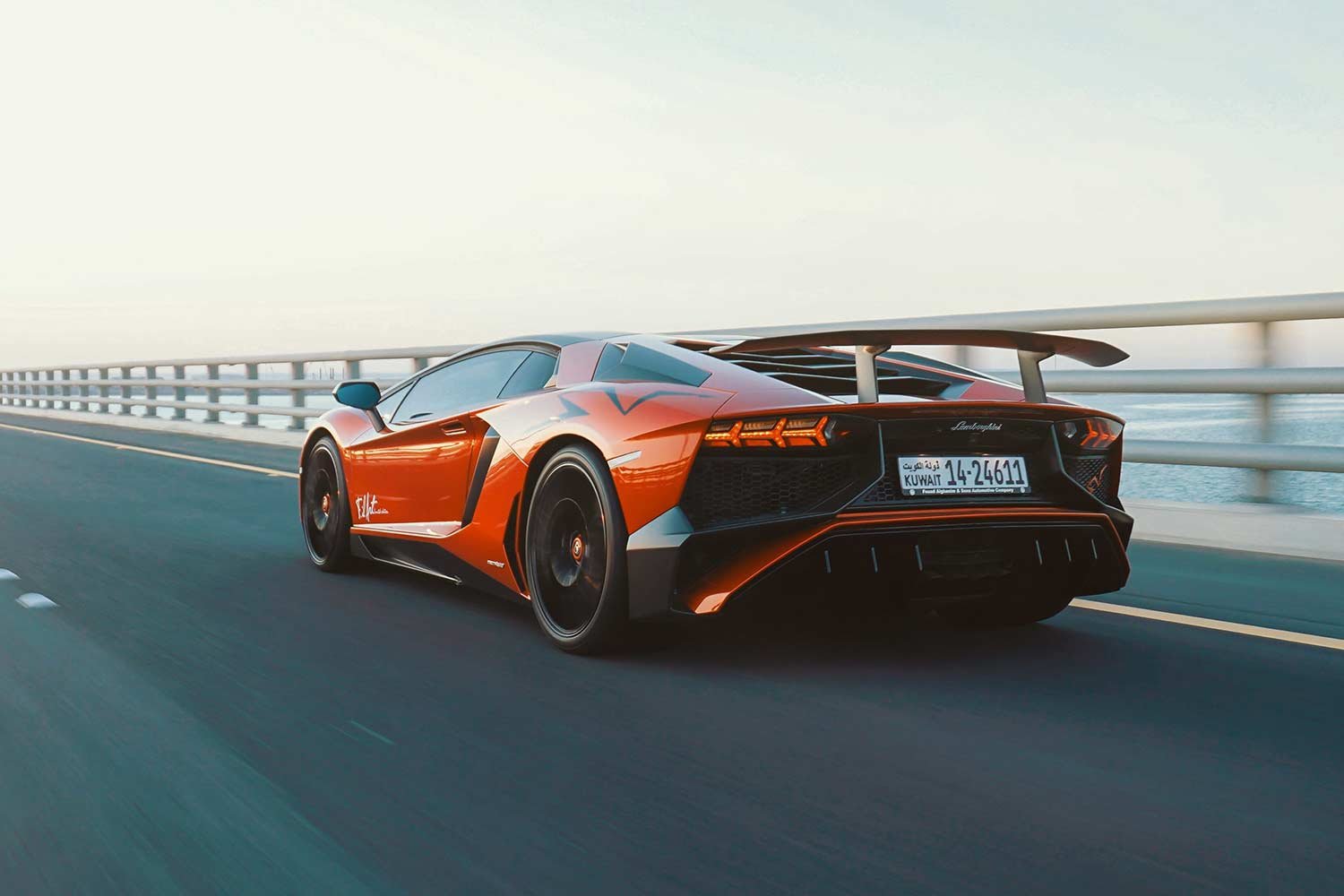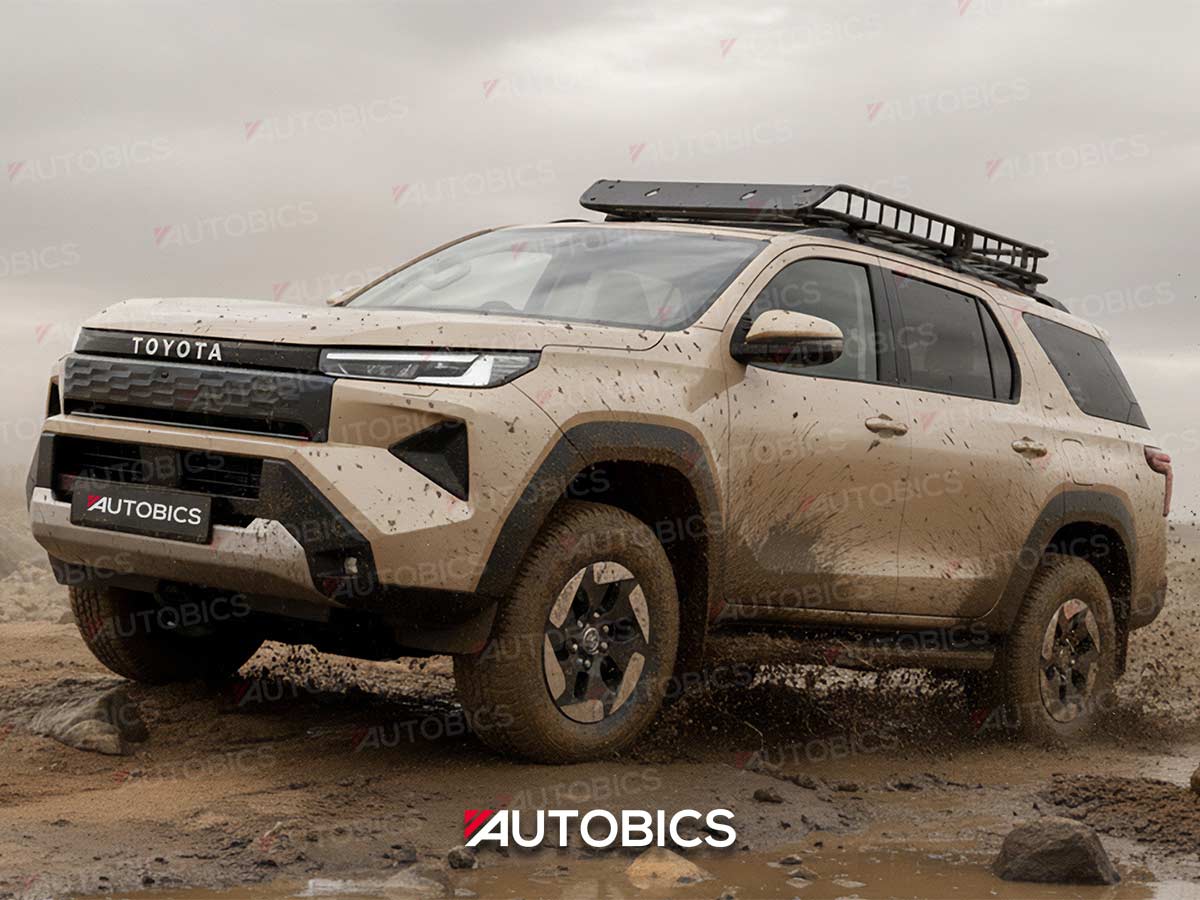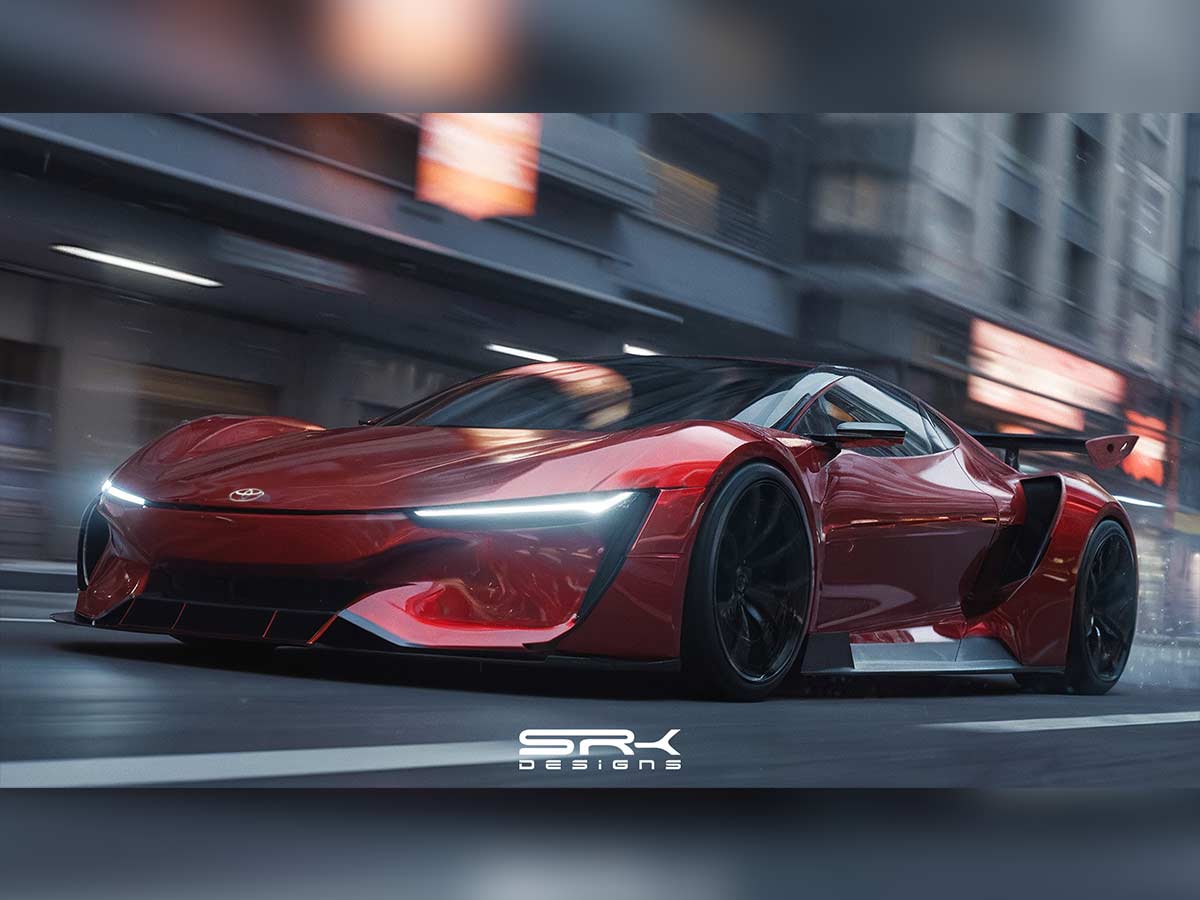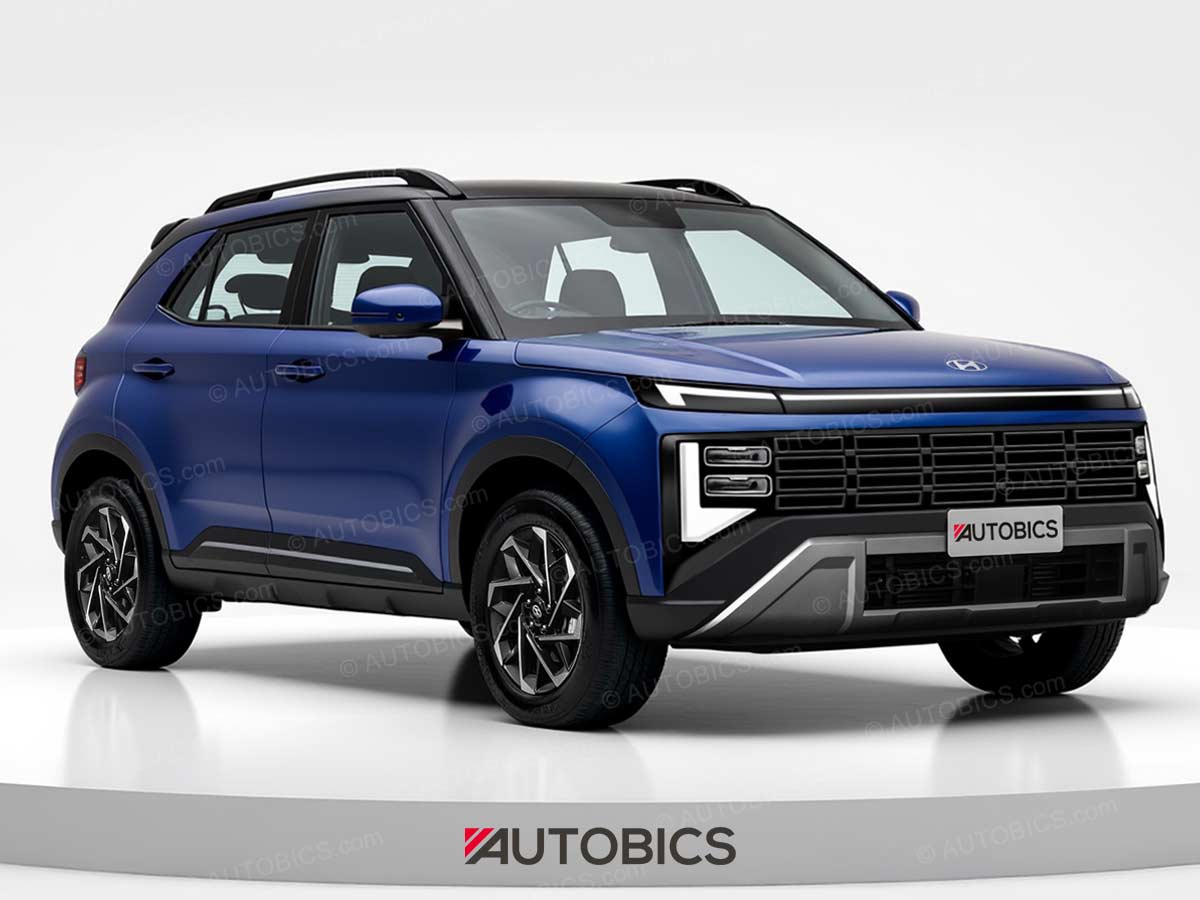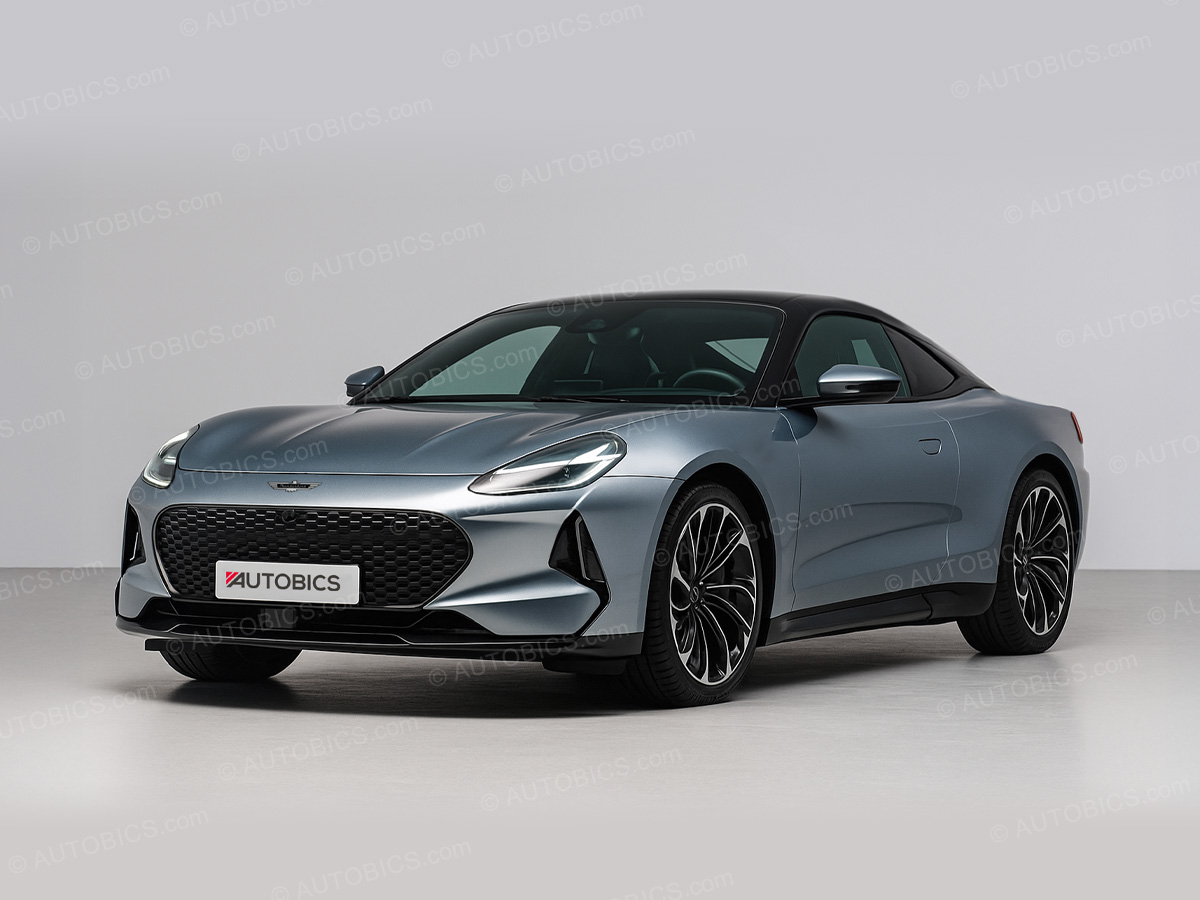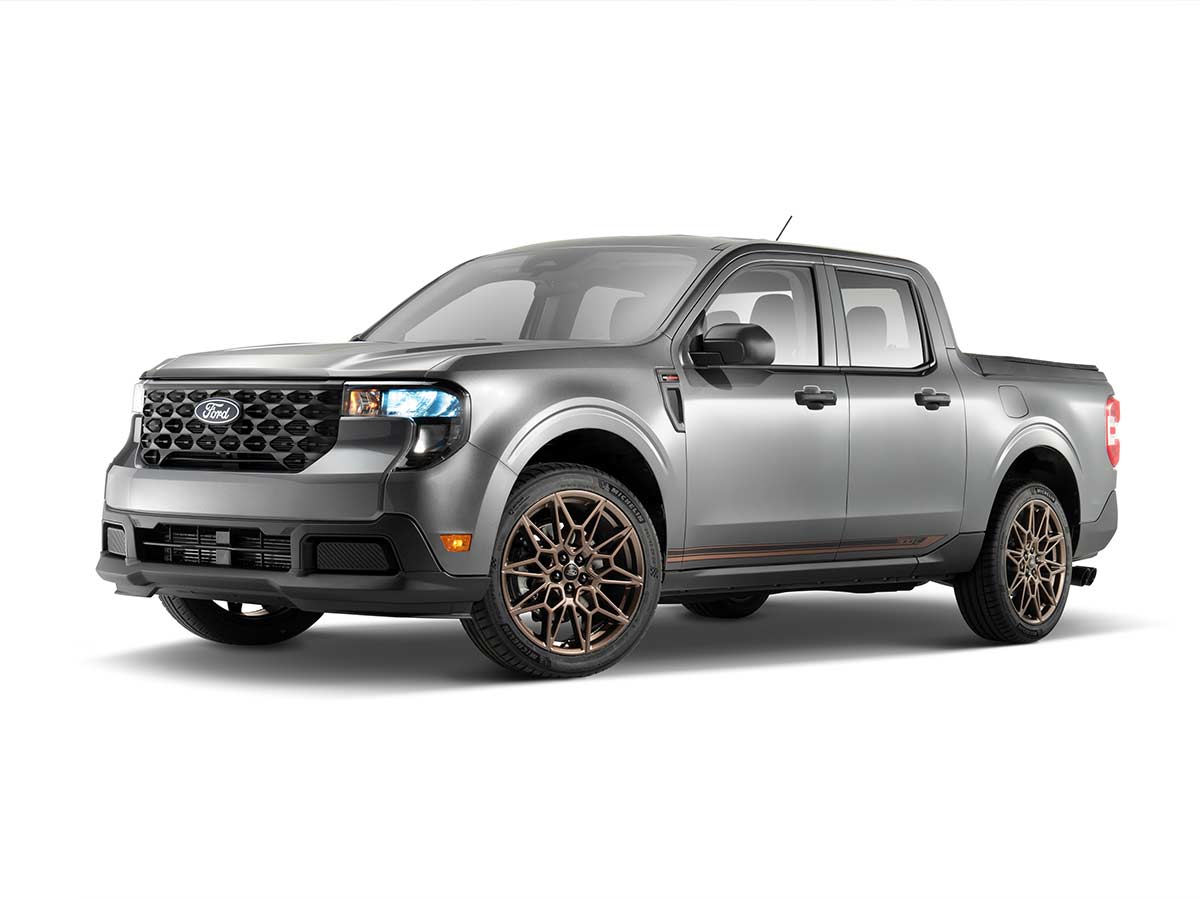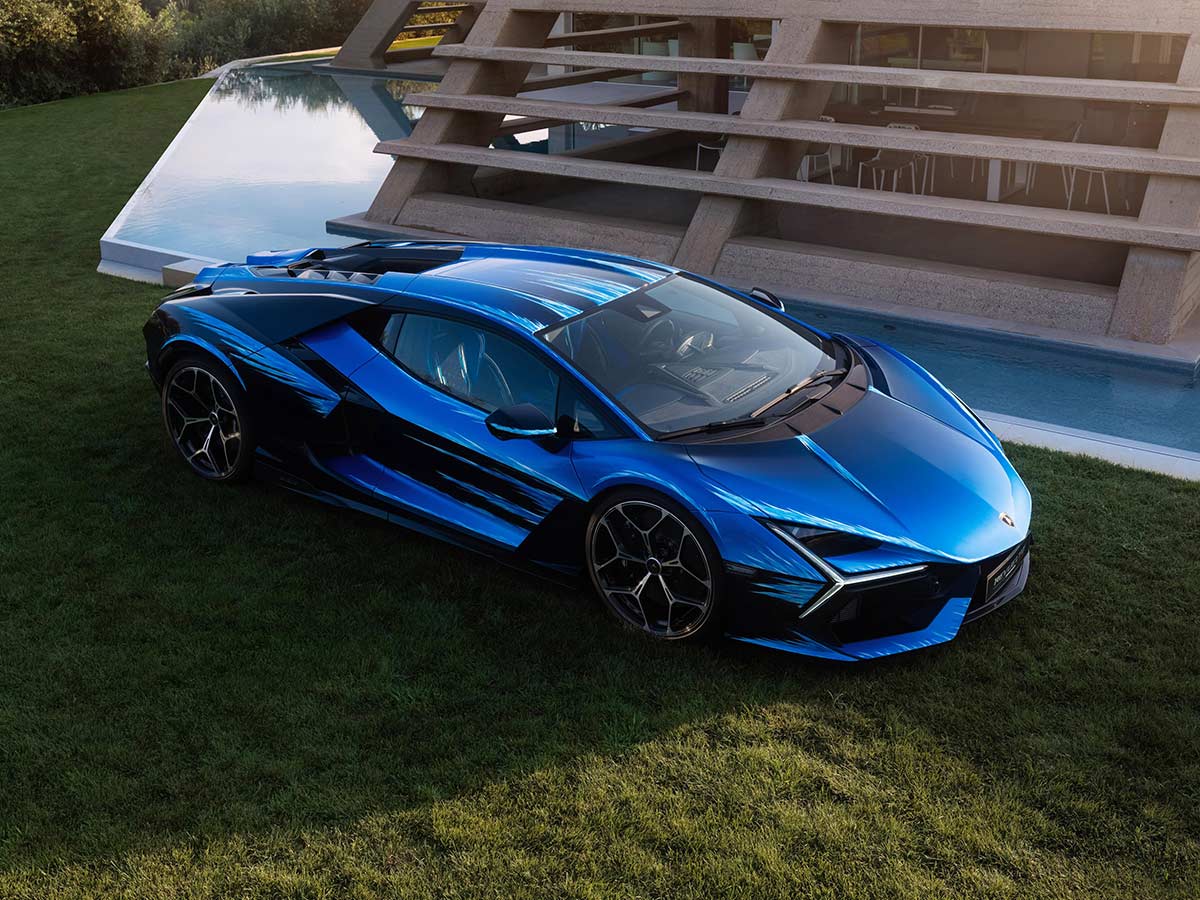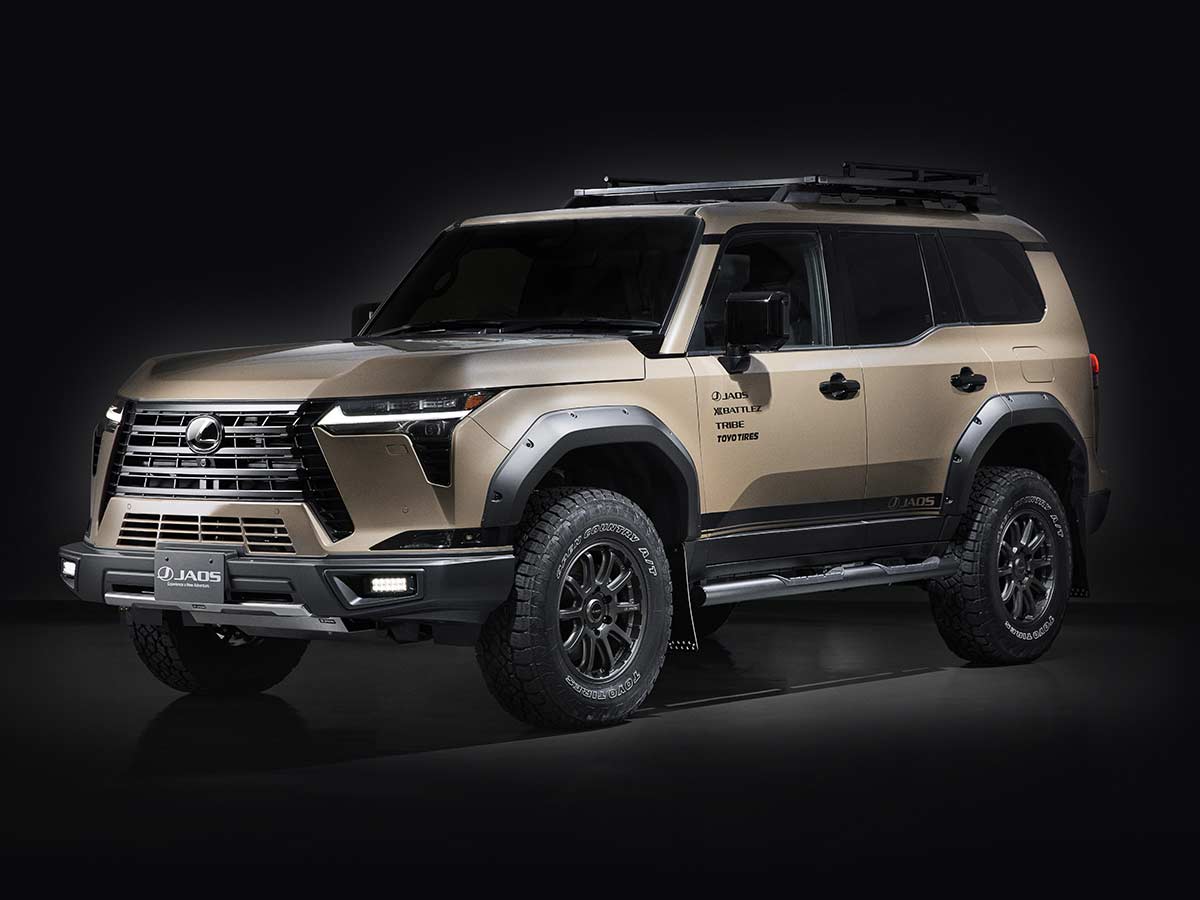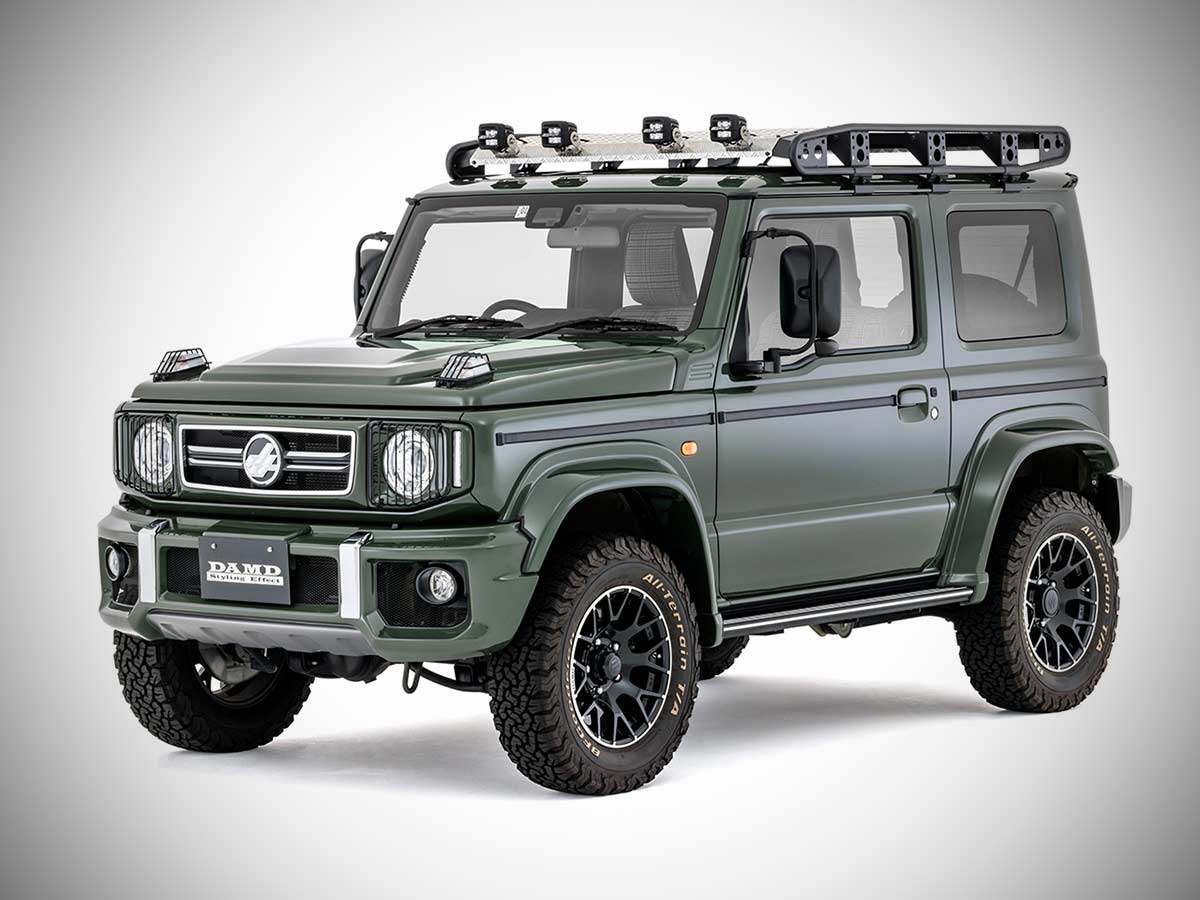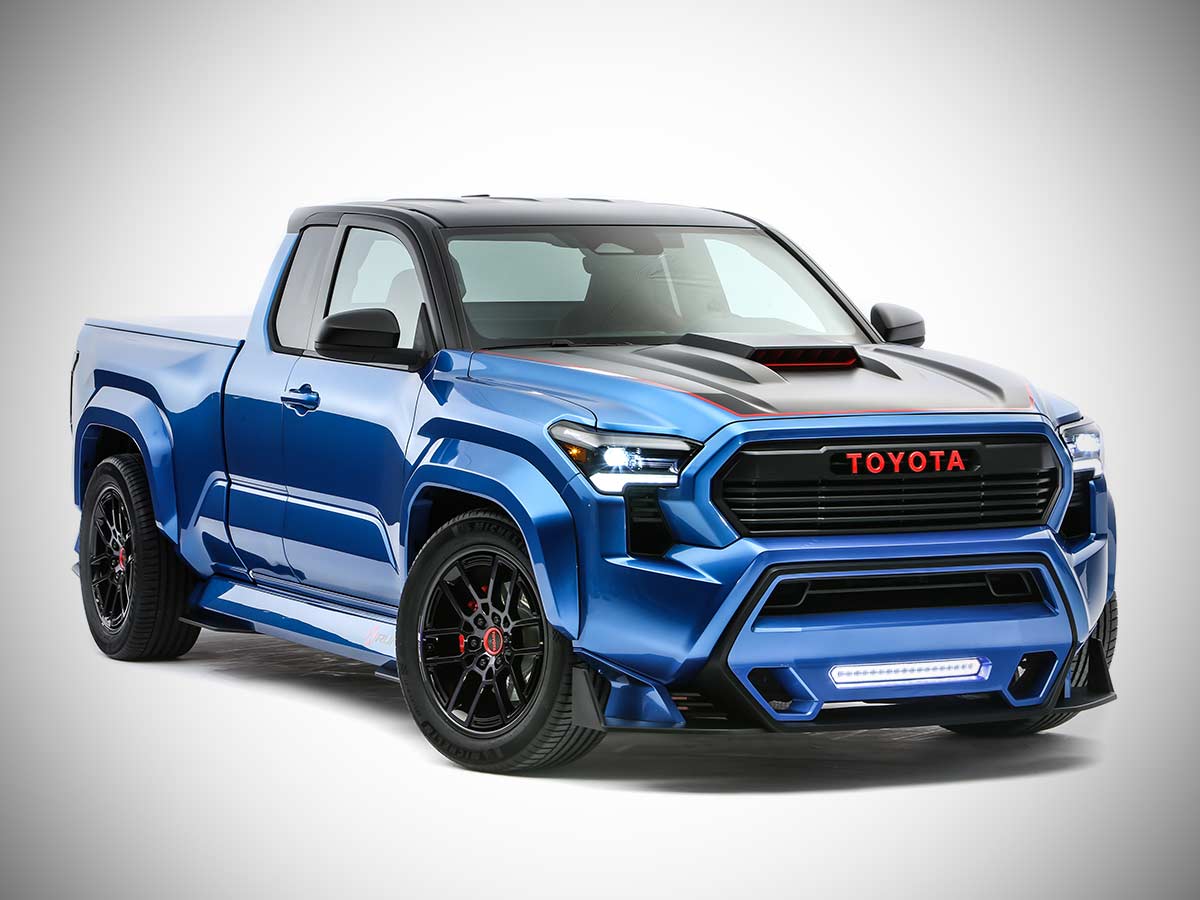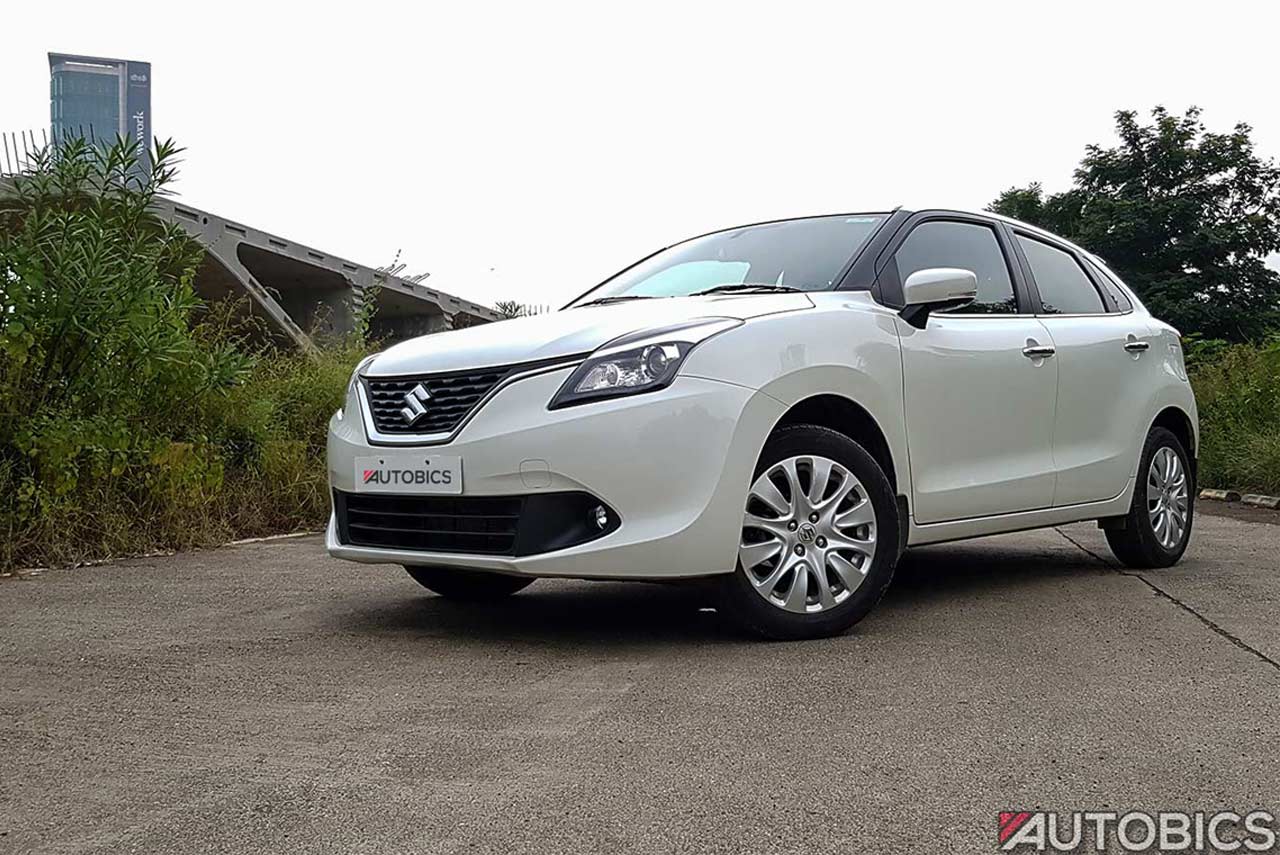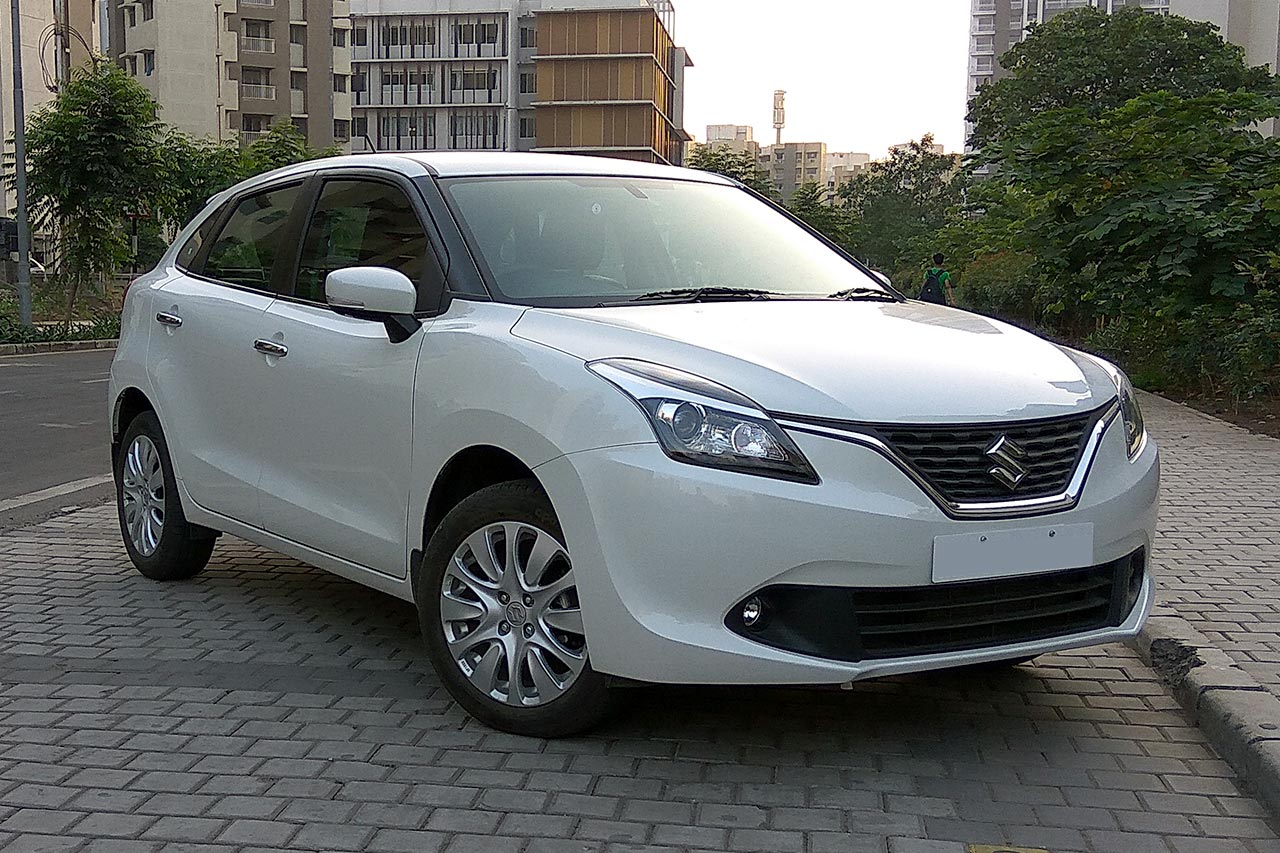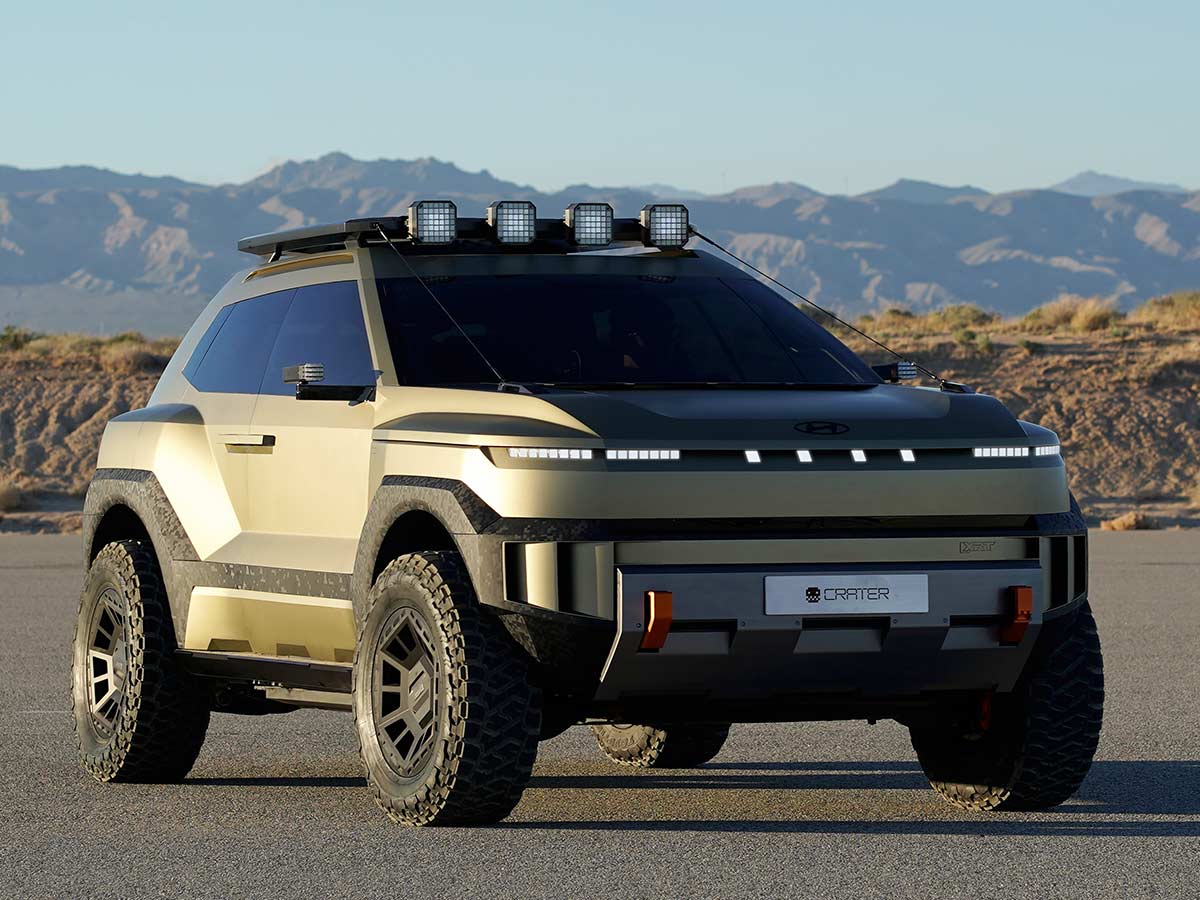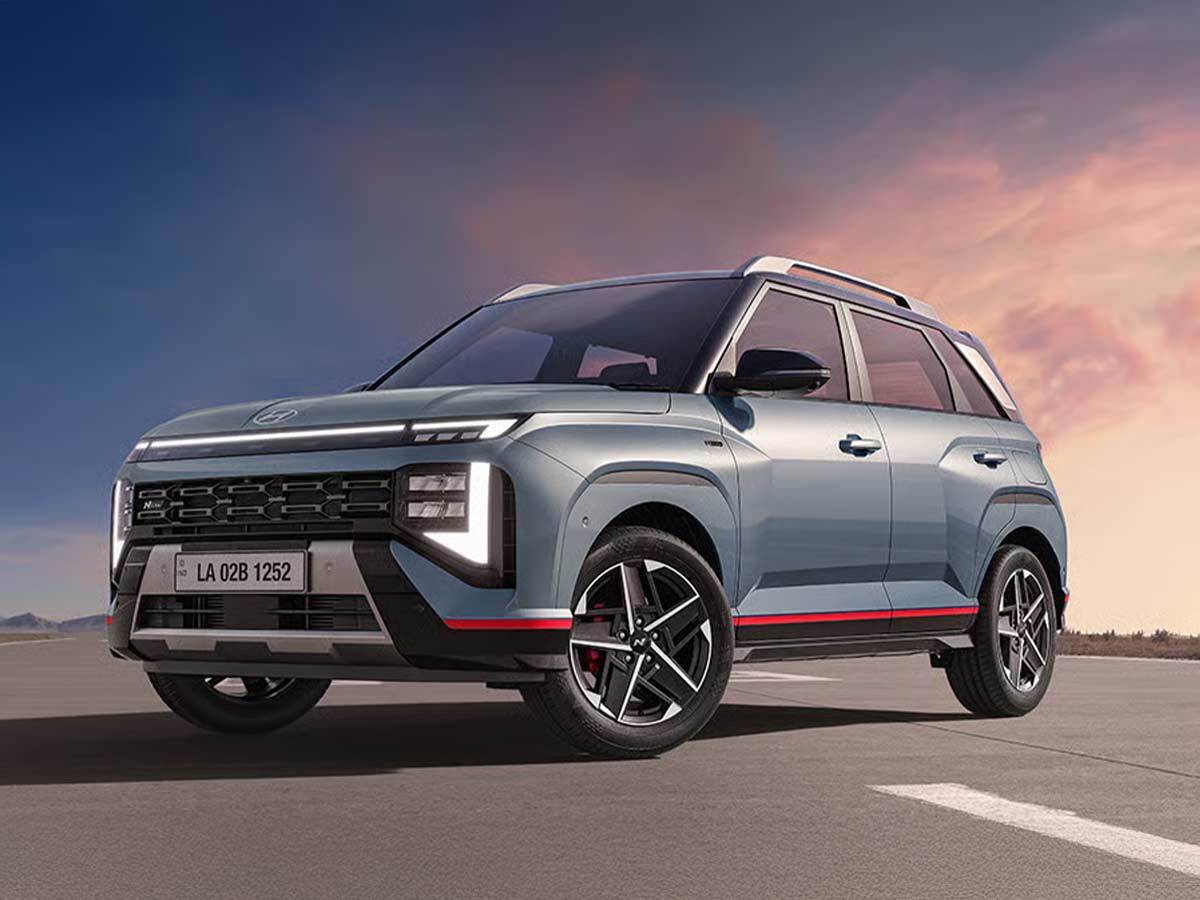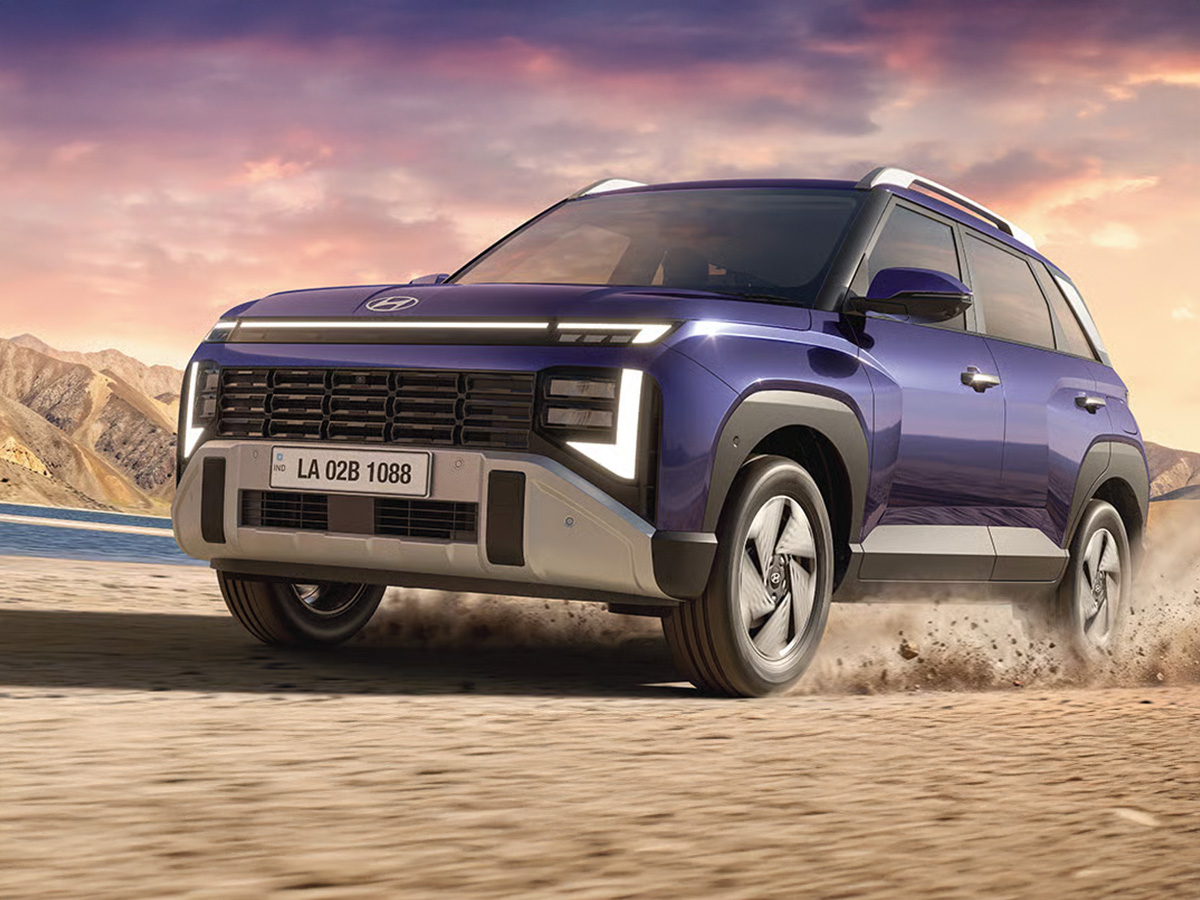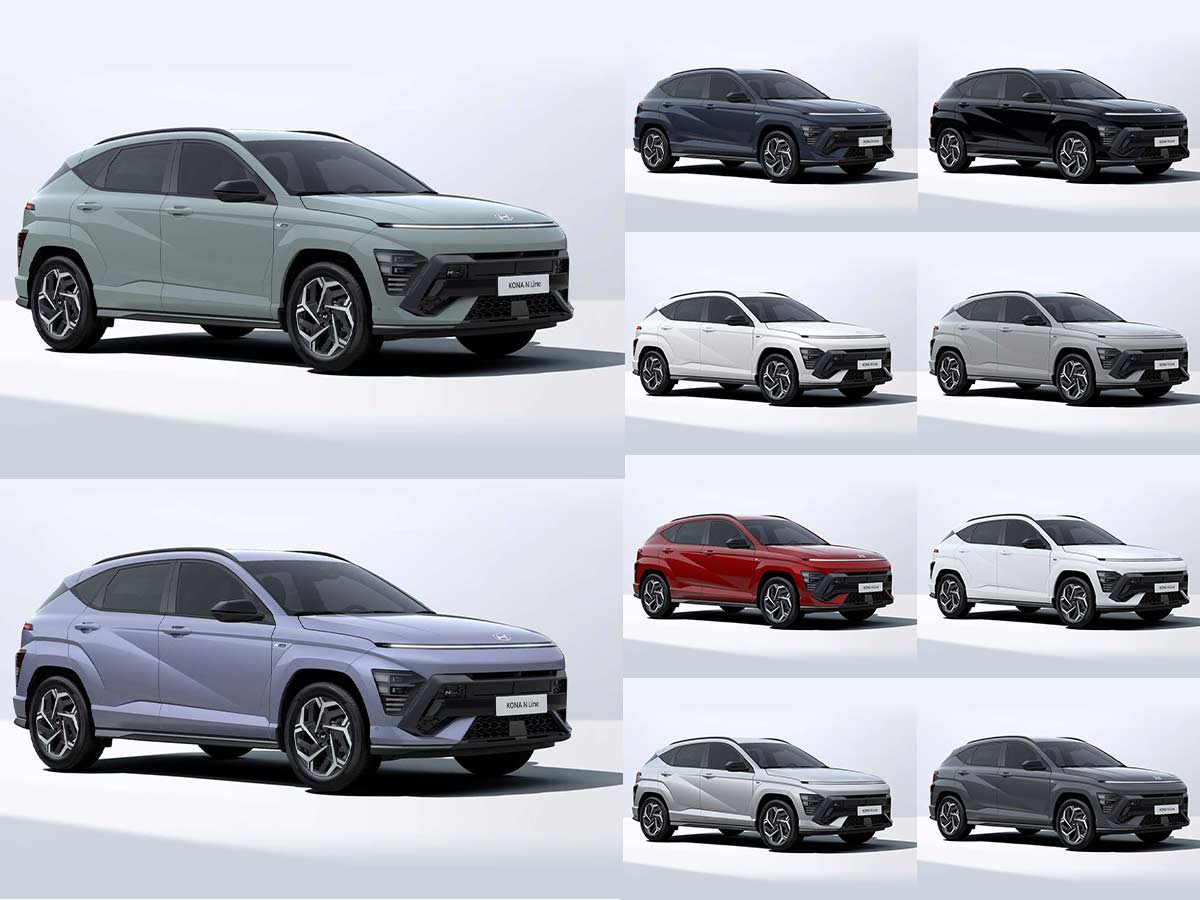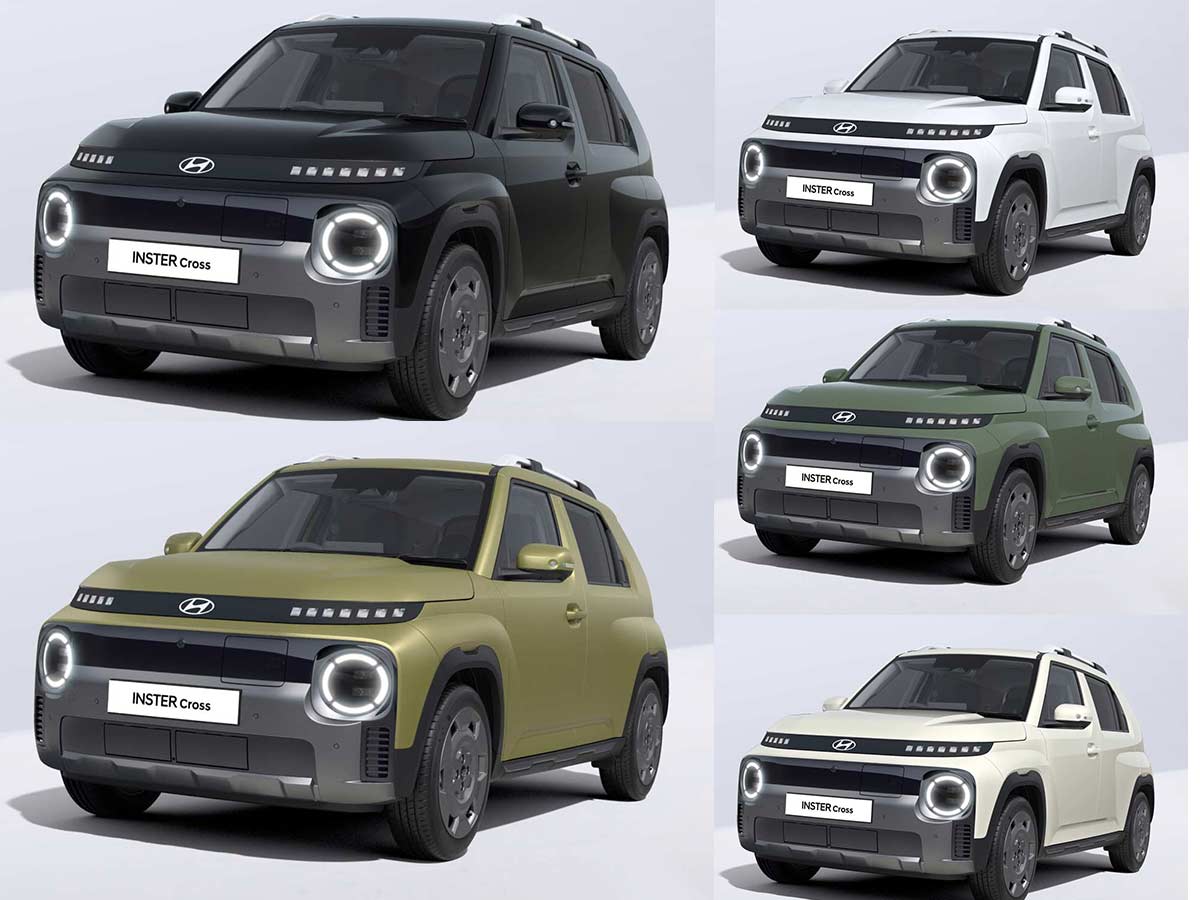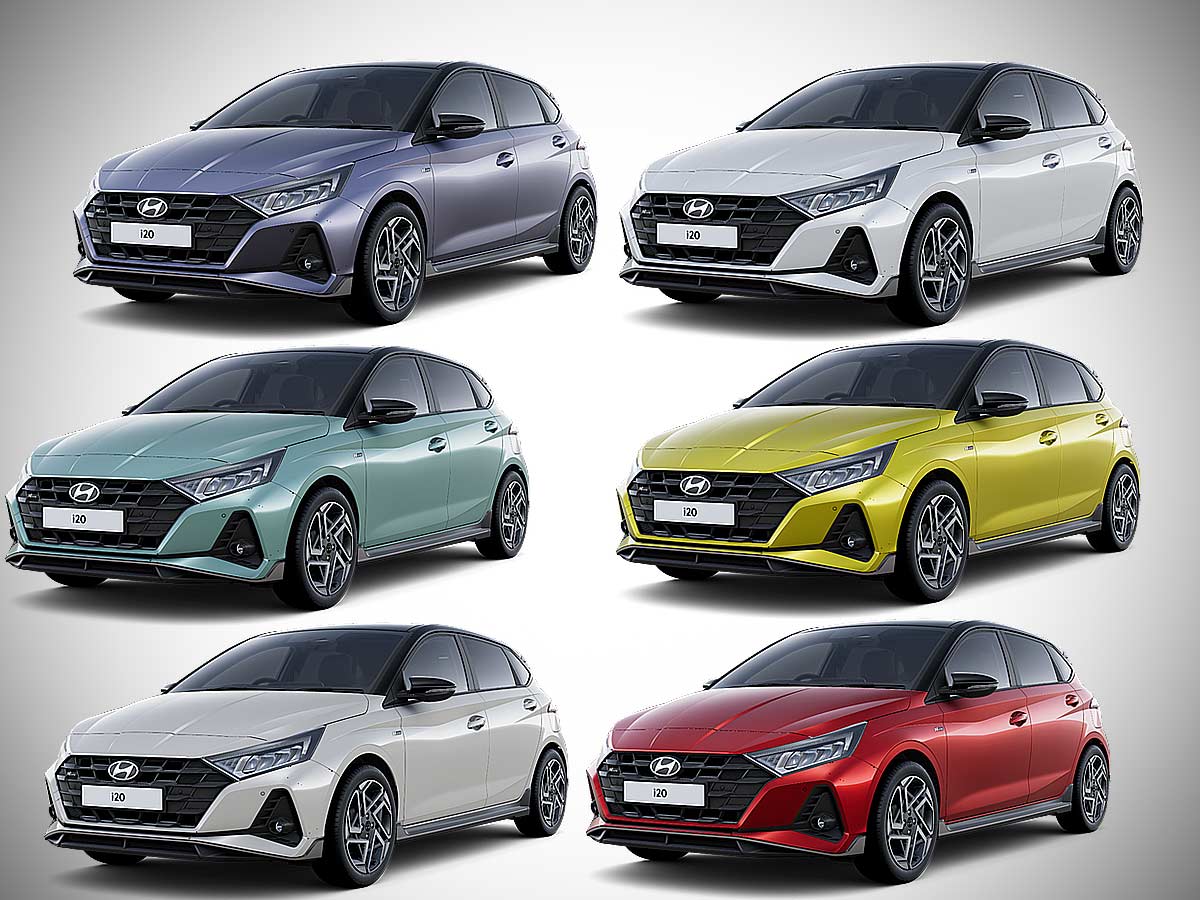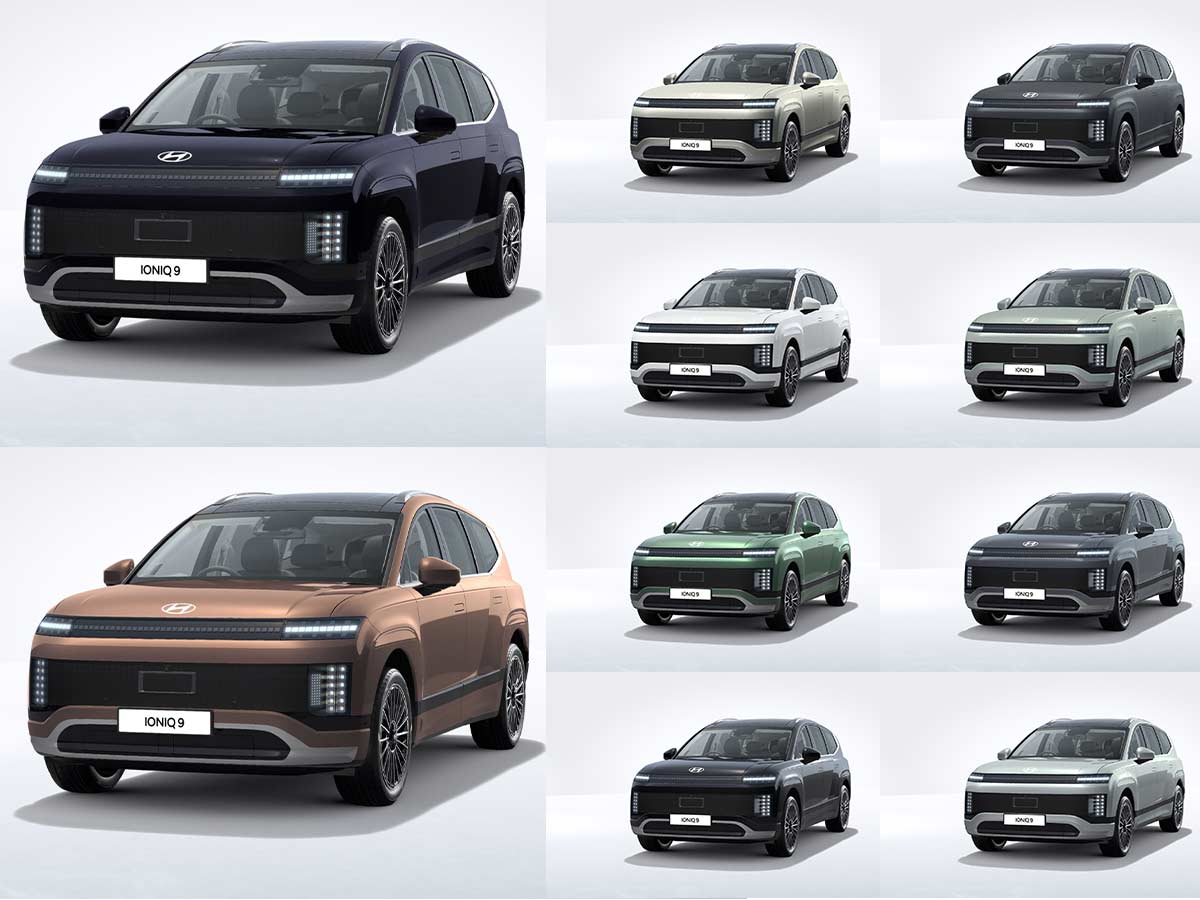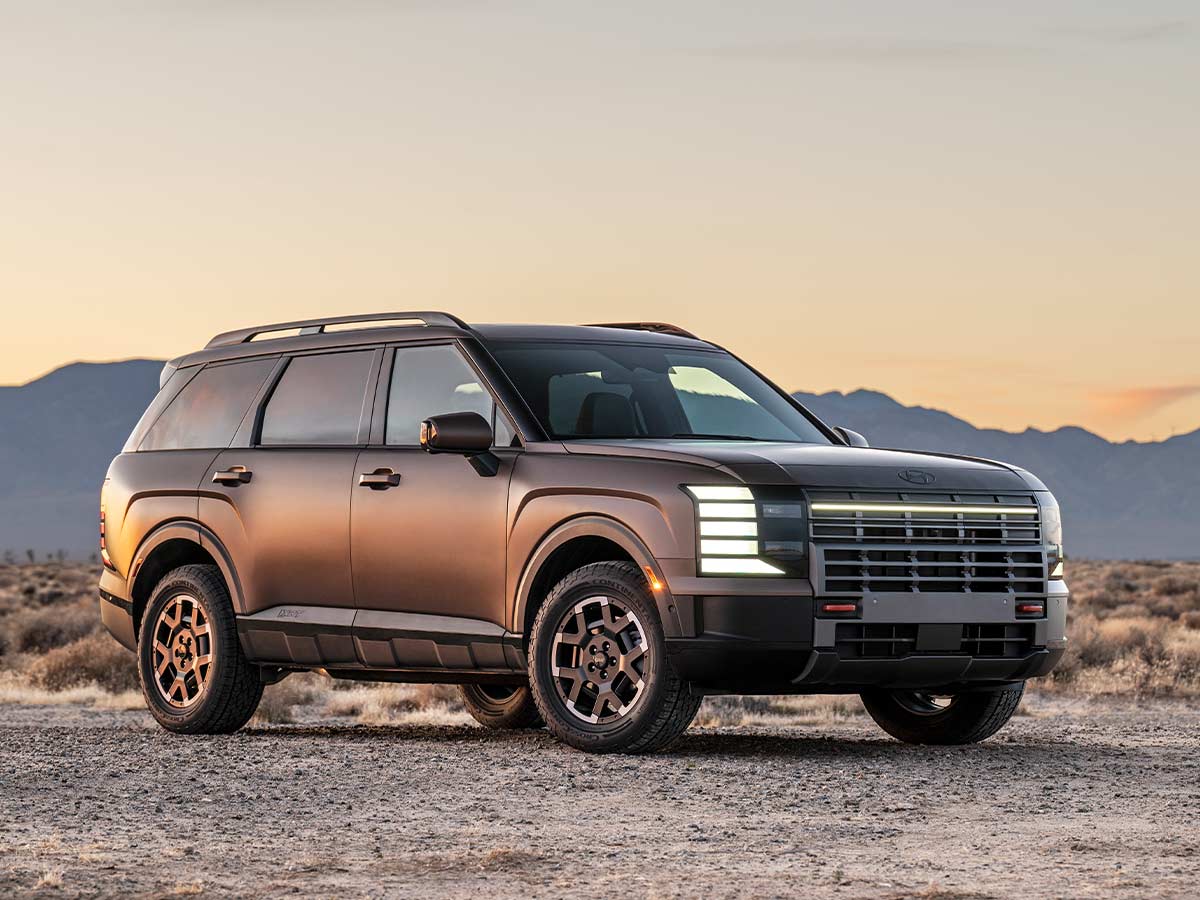When Hyundai Motor stepped back onto the global stage at IAA Mobility 2025 in Munich, it wasn’t just returning after a four-year absence. It was making a statement. At the heart of the brand’s striking presence stood Concept THREE, a compact all-electric vehicle that promises to reshape not only Hyundai’s own EV portfolio but also the way urban Europeans think about mobility.
This is Hyundai’s first compact EV concept under its IONIQ sub-brand, and it arrives at a critical moment. Cities across Europe are becoming denser, regulations are tightening, and the appetite for small, efficient, and sustainable vehicles has never been greater. Concept THREE is more than just a design exercise. It’s a preview of how Hyundai intends to win the compact EV race, and in doing so, lead Europe’s transition to electrification.
>>> Great Discounts on Car & Bike Accessories <<<

A Milestone Debut in Munich
“Returning to IAA Mobility after four years away is a true milestone, and such an occasion deserves a milestone car,” said Xavier Martinet, President and CEO of Hyundai Motor Europe. He wasn’t exaggerating. The unveiling of Concept THREE was the star attraction of Hyundai’s futuristic, Parametric Pixel-inspired booth on Ludwigstraße – a massive 58-meter-wide glass installation that drew crowds from across the city.
For Hyundai, Concept THREE isn’t just another EV. It represents the company’s expansion into a new category, complementing midsize and larger IONIQ models with something designed for Europe’s unique urban landscape. And with nearly 80 percent of Hyundai’s European sales coming from locally manufactured vehicles, this isn’t a niche play – it’s a mainstream strategy aimed at putting compact EVs at the center of its electrification roadmap.
Design That Speaks the Language of Steel
Hyundai calls its design philosophy for the car “Art of Steel.” The approach transforms steel’s inherent strength and flexibility into sculptural beauty. On the Concept THREE, it’s evident in the way flowing surfaces meet sharp, precise lines – a design language that feels powerful yet timeless.
The standout feature is the Aero Hatch profile, where sculpted surfaces and a vertical tailgate deliver aerodynamic efficiency without compromising urban practicality. The signature Parametric Pixel lighting – already a Hyundai hallmark – evolves here into a gradient of expressive pixels that adds rhythm and depth to the car’s visual identity.
Even the materials tell a story. The anodized-effect exterior finish plays with light, while lemon-tinted glass and matching wheels form a vibrant link to the cabin’s soft yellow and grey tones. Inside, the space feels warm, intuitive, and calming. Hyundai calls it “Furnished Space” – an interior designed to create clarity and serenity, rather than overwhelm with complexity.
Playful, Personal, and Sustainable
Concept THREE isn’t just about efficiency. It’s about emotional connection. That’s where details like Mr. Pix, a symbolic character hidden throughout the cabin, come in. Think of it as Hyundai’s version of playful storytelling, offering little “easter eggs” to surprise and delight occupants.
More importantly, Hyundai is doubling down on sustainability. The interior envisions the use of recycled wool, ocean waste textiles, plastics, and lightweight aluminum foam. These aren’t token materials – they’re part of a broader commitment to reduce environmental impact while still delivering premium design and feel.
Then there’s the Bring Your Own Lifestyle (BYOL) concept, a modular system of customizable widgets that let drivers tailor their experience. In an era where personalization is everything, this approach could give Hyundai a real edge.


Europe as the Epicenter
Europe isn’t just another market for Hyundai – it’s the proving ground. Stricter emissions laws, forward-thinking cities, and consumers who demand style, sustainability, and practicality make it the perfect arena for the Concept THREE.
Hyundai’s roadmap is ambitious. By 2027, it plans to offer an electrified version of every model in Europe. By 2030, the global lineup will expand to 21 EVs. And while battery EVs like Concept THREE take center stage, Hyundai isn’t ignoring hydrogen – it continues to advance fuel cell technologies as part of its clean energy portfolio.
Specs That Matter
- Length: 4,287 mm
- Width: 1,940 mm
- Height: 1,428 mm
- Wheelbase: 2,722 mm
- Exterior Color: Tungsten Gray
- Interior Finish: Moonbeam Yellow
Those numbers position Concept THREE right in the sweet spot of Europe’s compact car segment – urban-friendly, yet with enough space and presence to feel substantial.

A Showcase Beyond the Concept
While Concept THREE stole the spotlight, Hyundai used IAA Mobility 2025 to showcase its entire EV lineup. From the INSTER Cross to the flagship IONIQ 9, visitors could test-drive nine electrified models. And with over half a million attendees at the event, it wasn’t just an auto show – it was an urban festival of mobility.
Hyundai’s booth itself was a statement. Six oversized glass pixels towered seven meters high, embodying the Parametric Pixel DNA and serving as a bold architectural landmark in the heart of Munich. Inside, design exhibits showcased everything from sculptural interpretations of Concept THREE’s steel-inspired forms to modular “Hyundai AddGear” accessories that let visitors imagine how the car could fit their lifestyles.
The Bigger Picture
Hyundai is no stranger to bold statements. From investing in robotics to exploring advanced air mobility, the company has consistently positioned itself as more than just a carmaker. But with Concept THREE, Hyundai is zeroing in on what matters most today: sustainable, accessible, and emotionally resonant mobility.
As Europe races toward a zero-emission future, Hyundai’s compact EV debut is more than timely – it’s strategic. The Concept THREE signals the start of a new chapter, one where design innovation, sustainability, and practicality converge in a package that feels tailor-made for European streets.

Final Word
Concept cars often risk being little more than auto show eye candy. But Hyundai’s Concept THREE feels different. It’s grounded in the brand’s electrification roadmap, deeply aligned with Europe’s urban mobility needs, and infused with a design language that blends functionality with emotion.
If this is the direction Hyundai is heading, then the future of compact EVs looks not only efficient but also genuinely desirable. And in a market where demand for sustainable yet stylish small cars is set to explode, Hyundai might just have positioned itself ahead of the curve.
